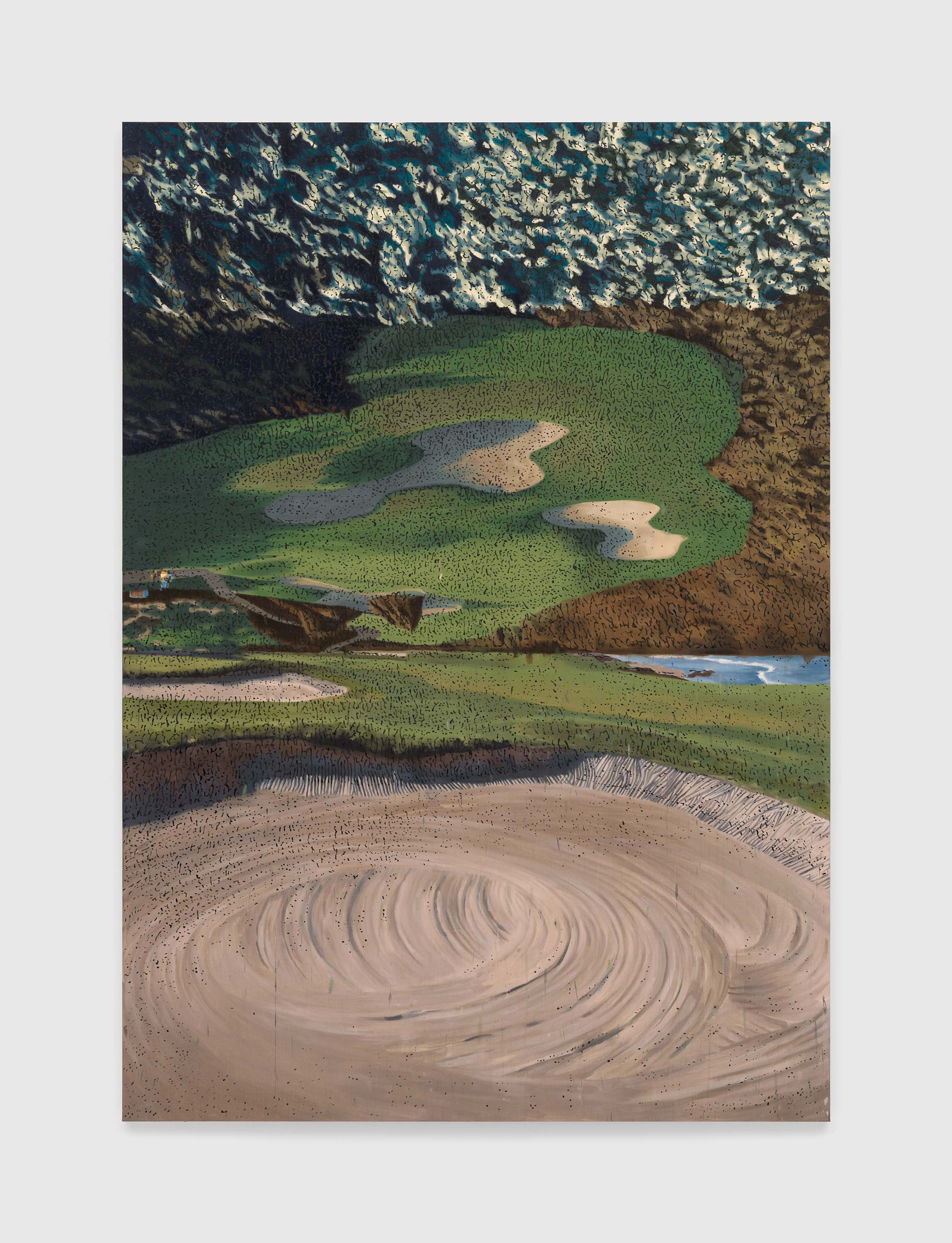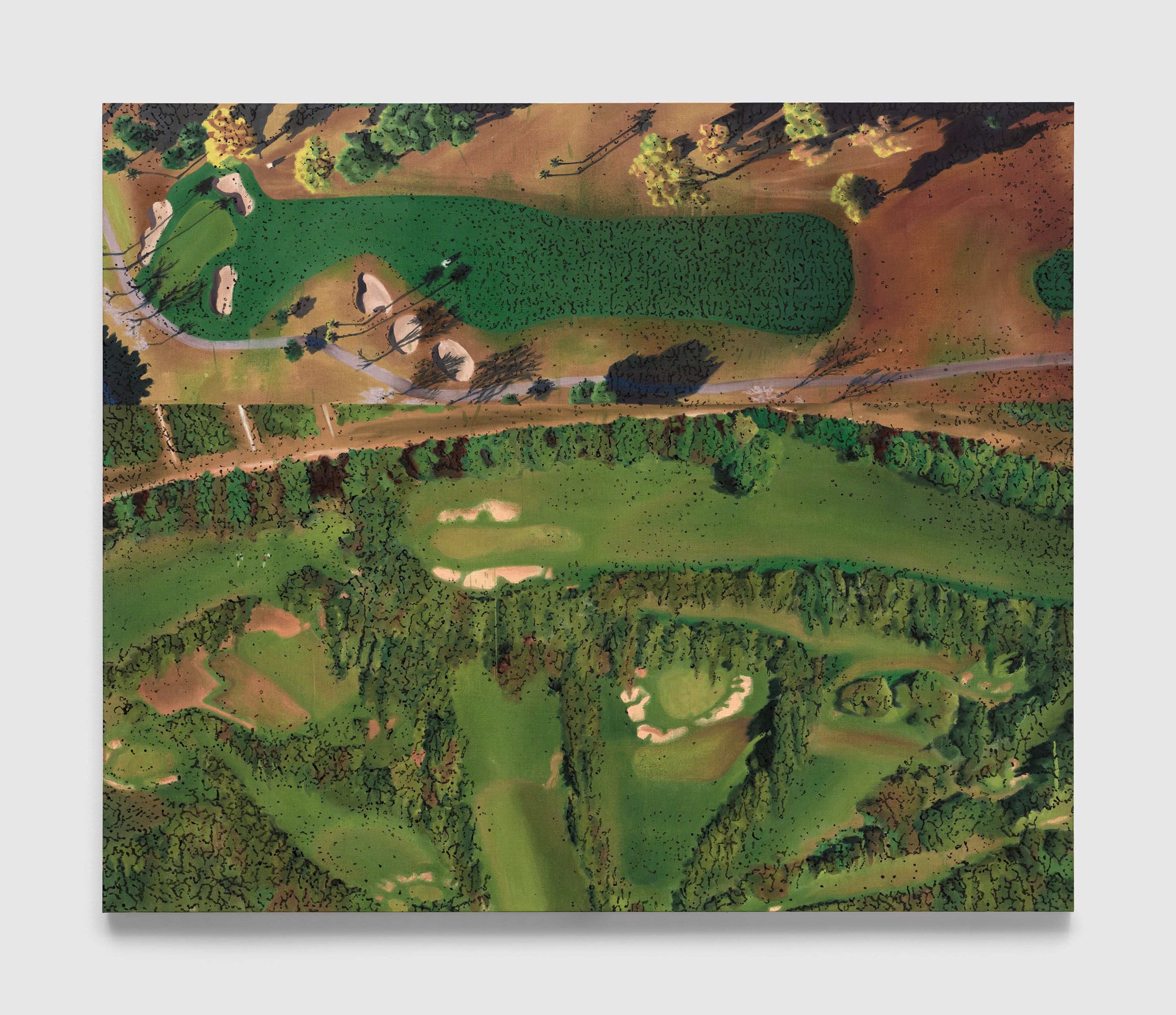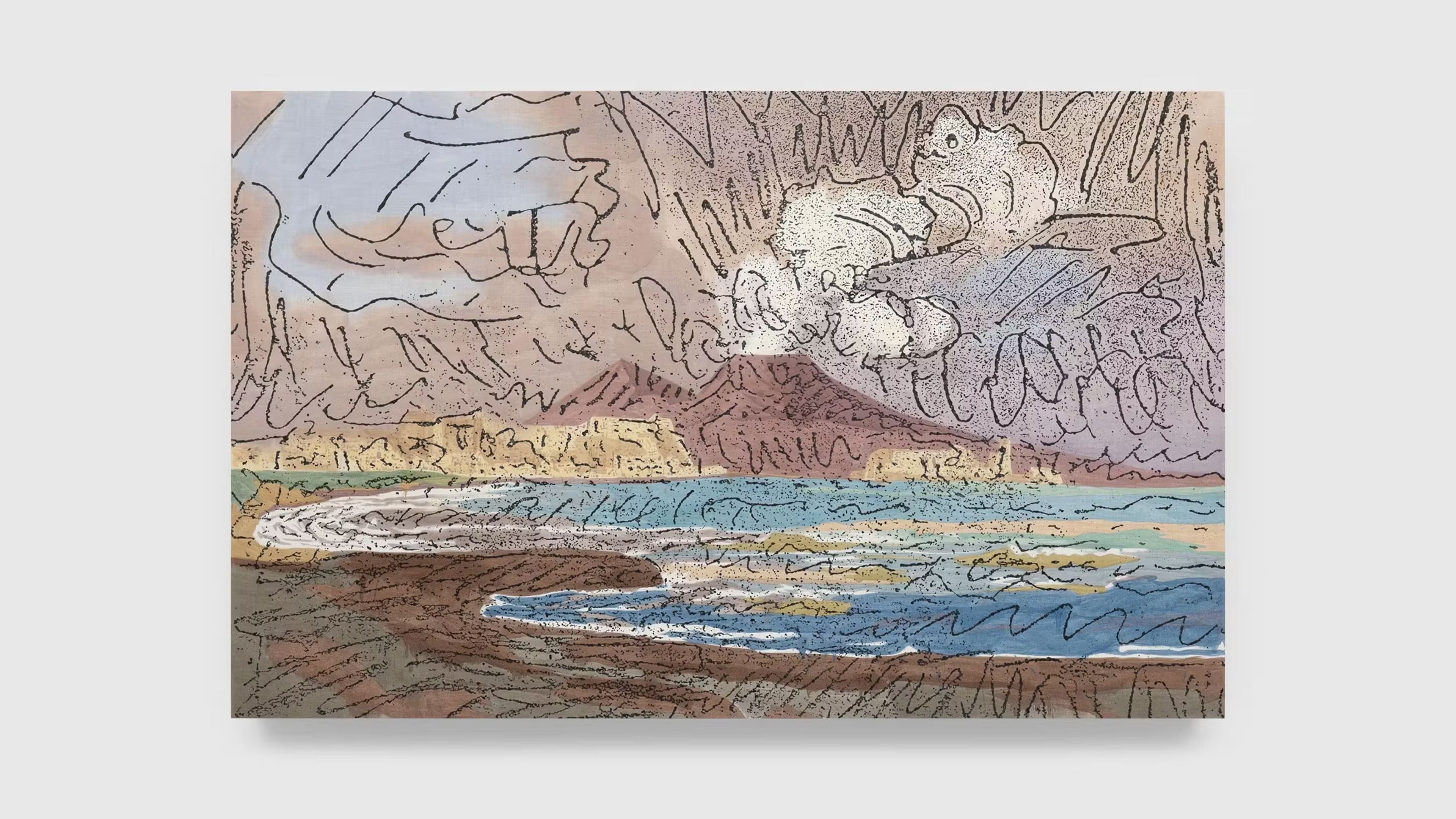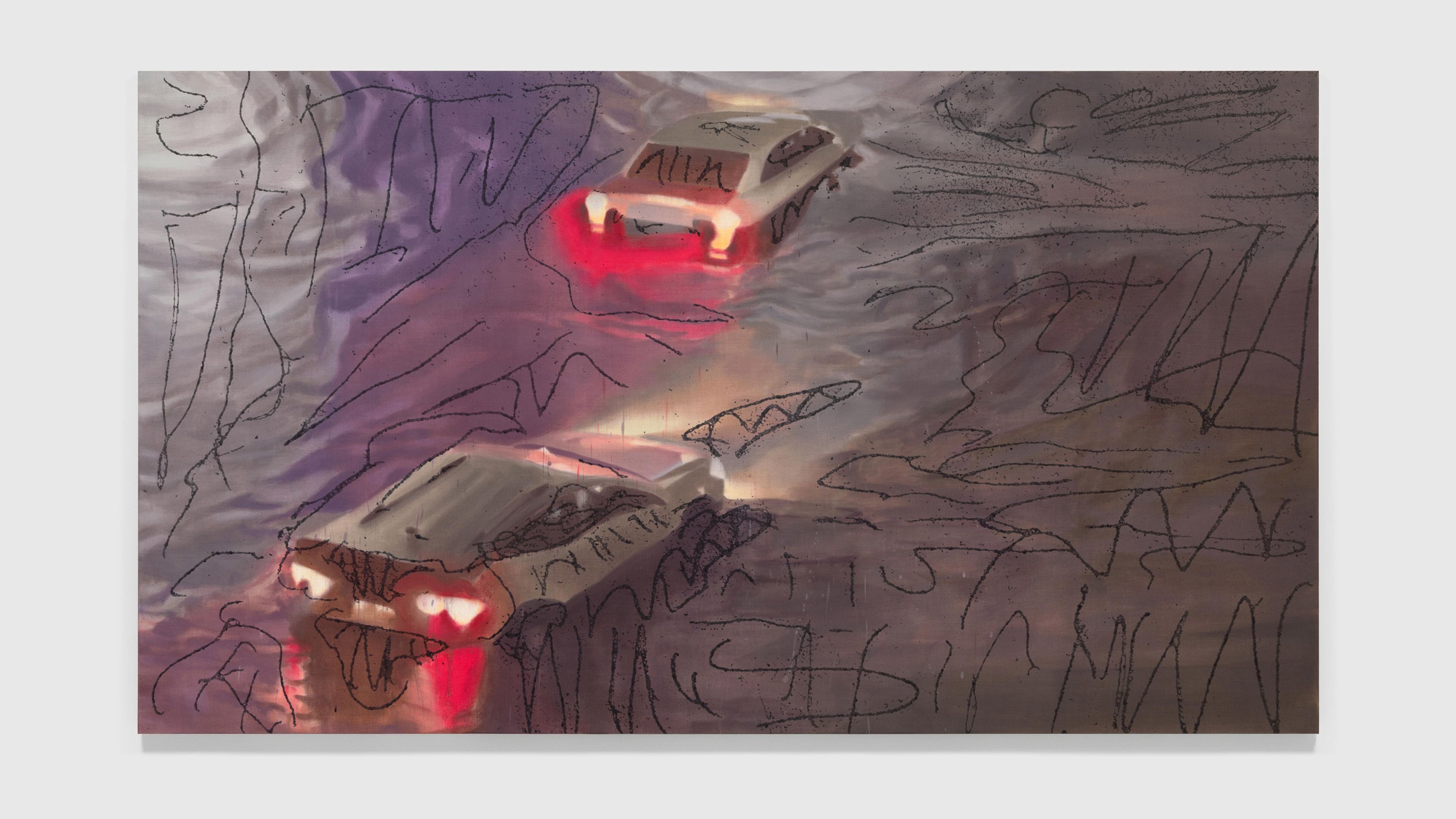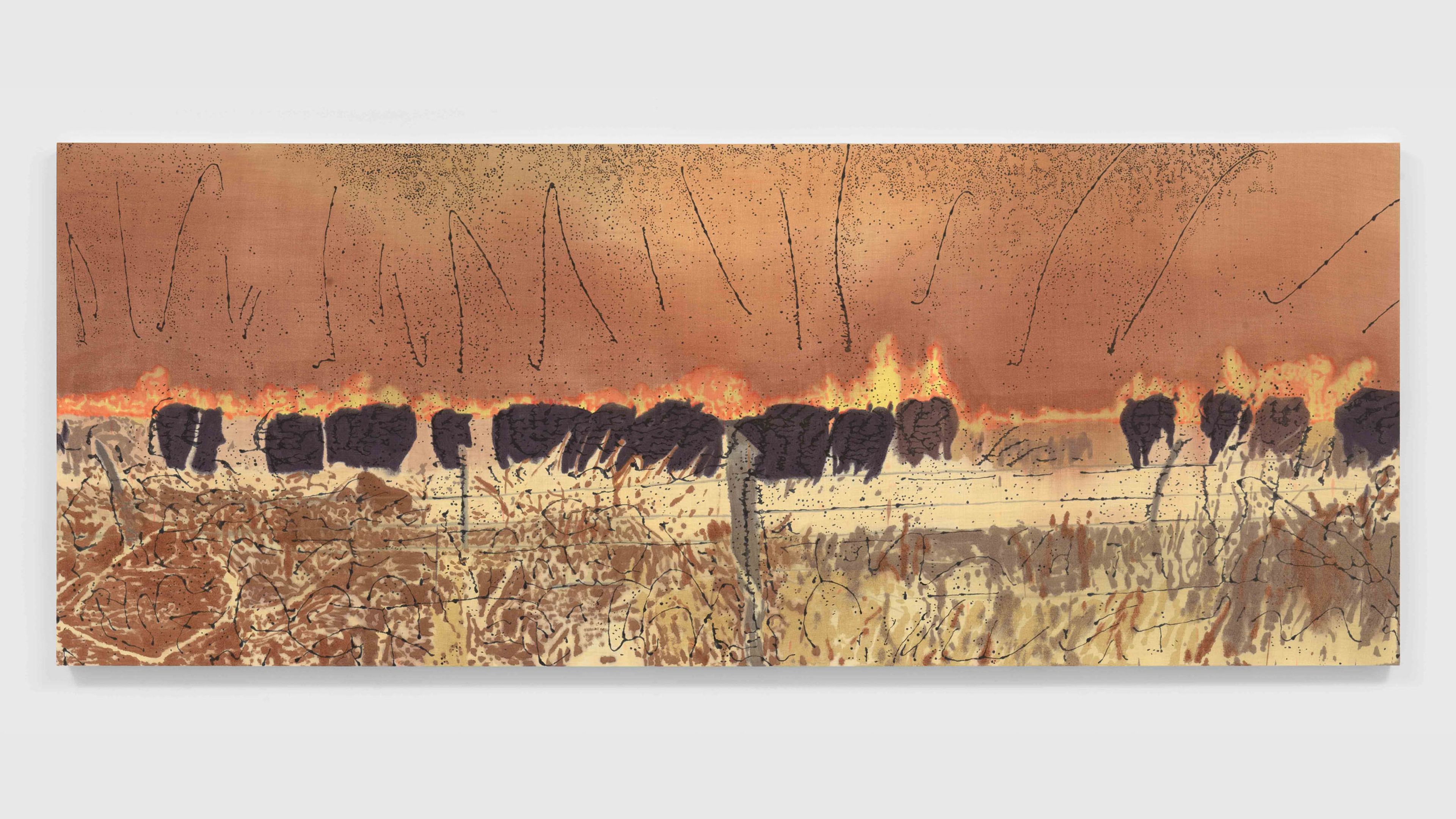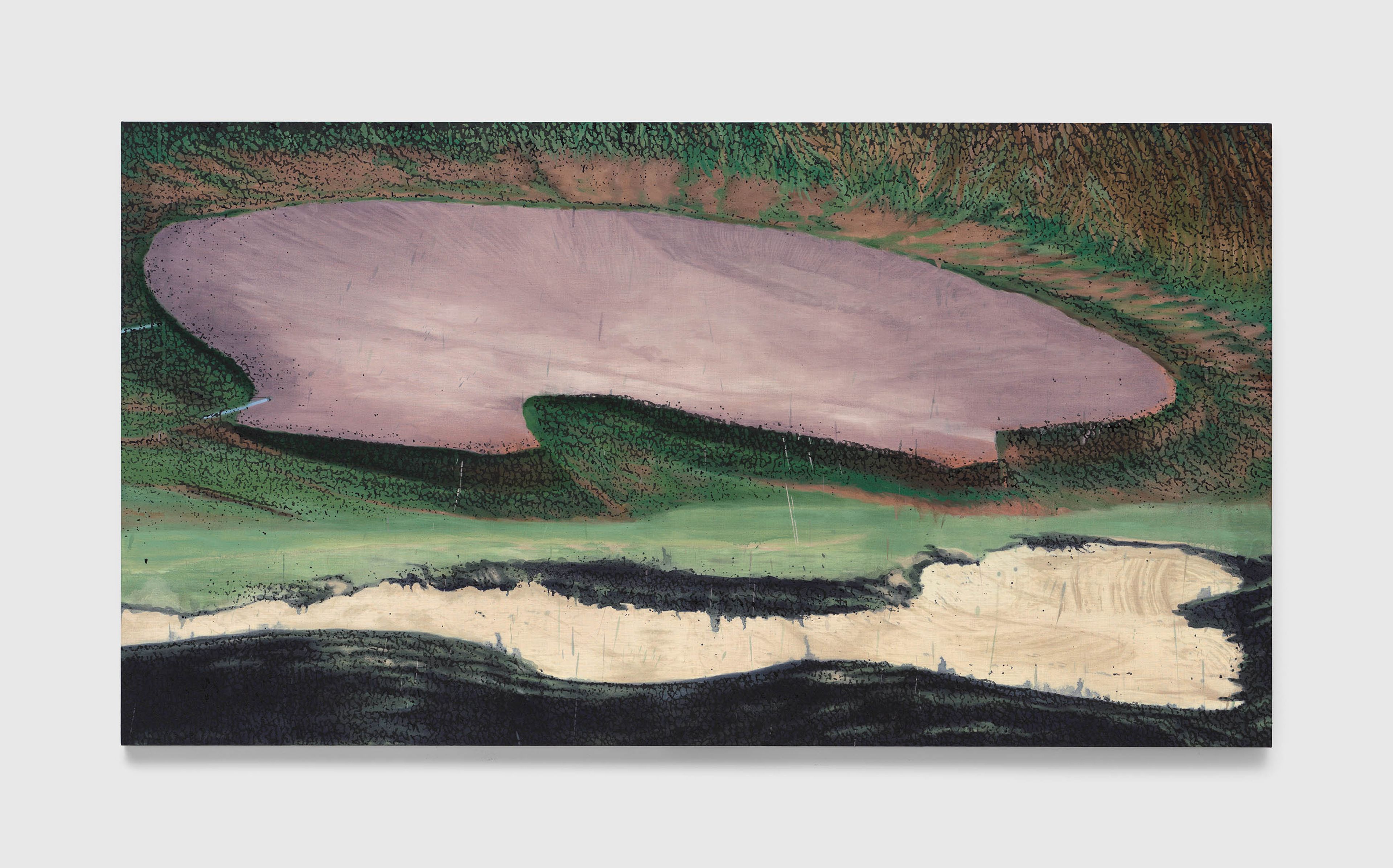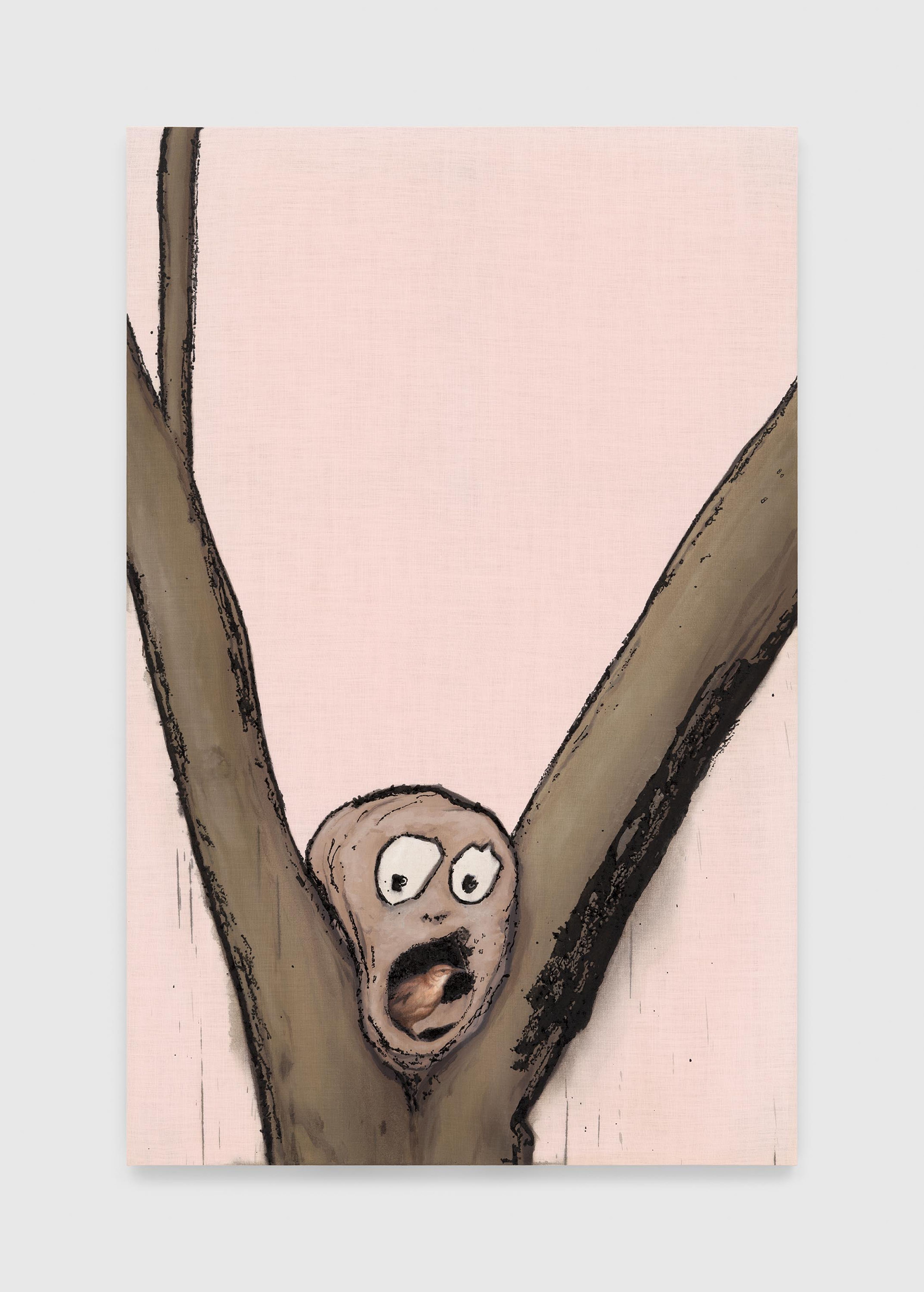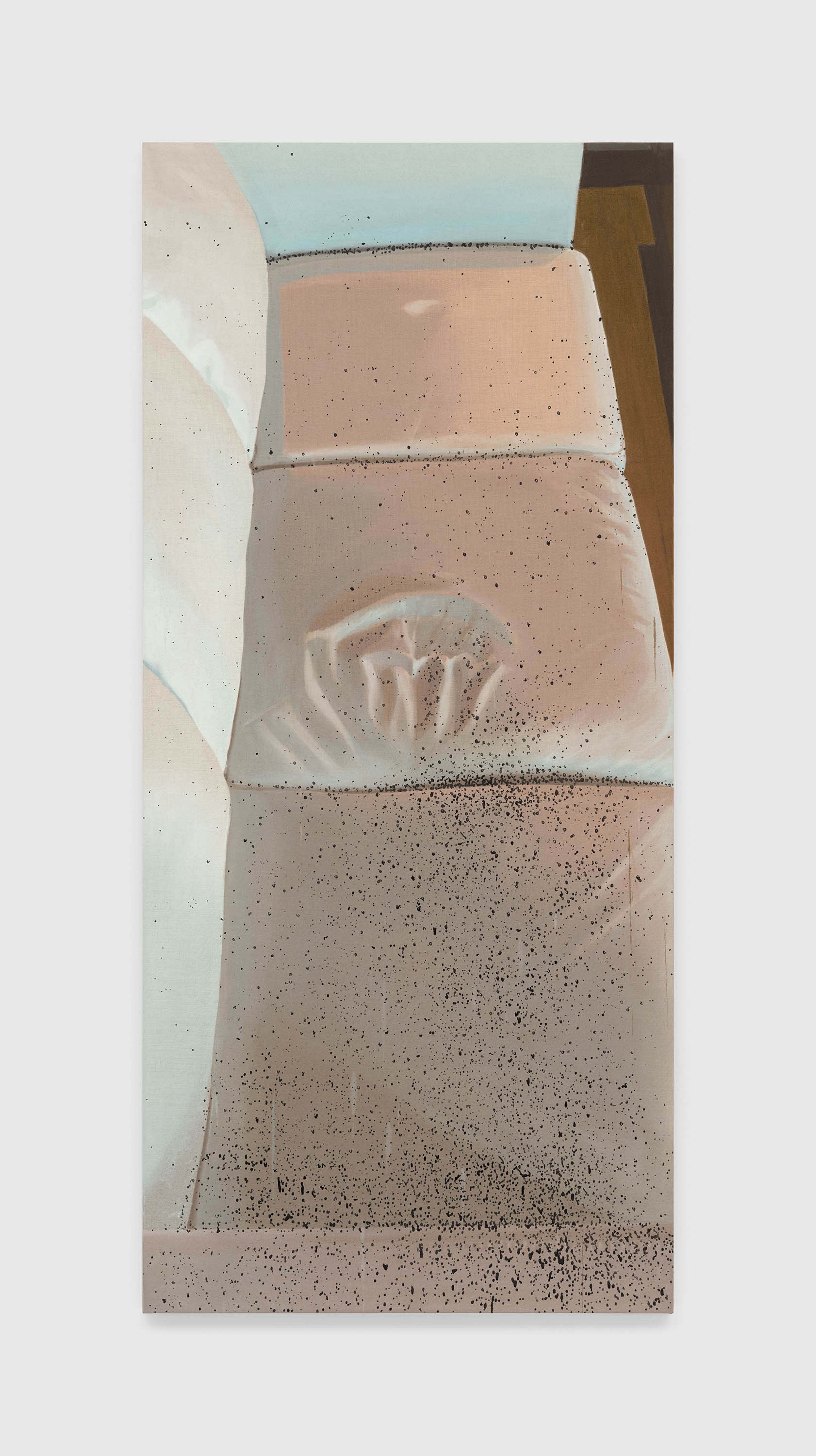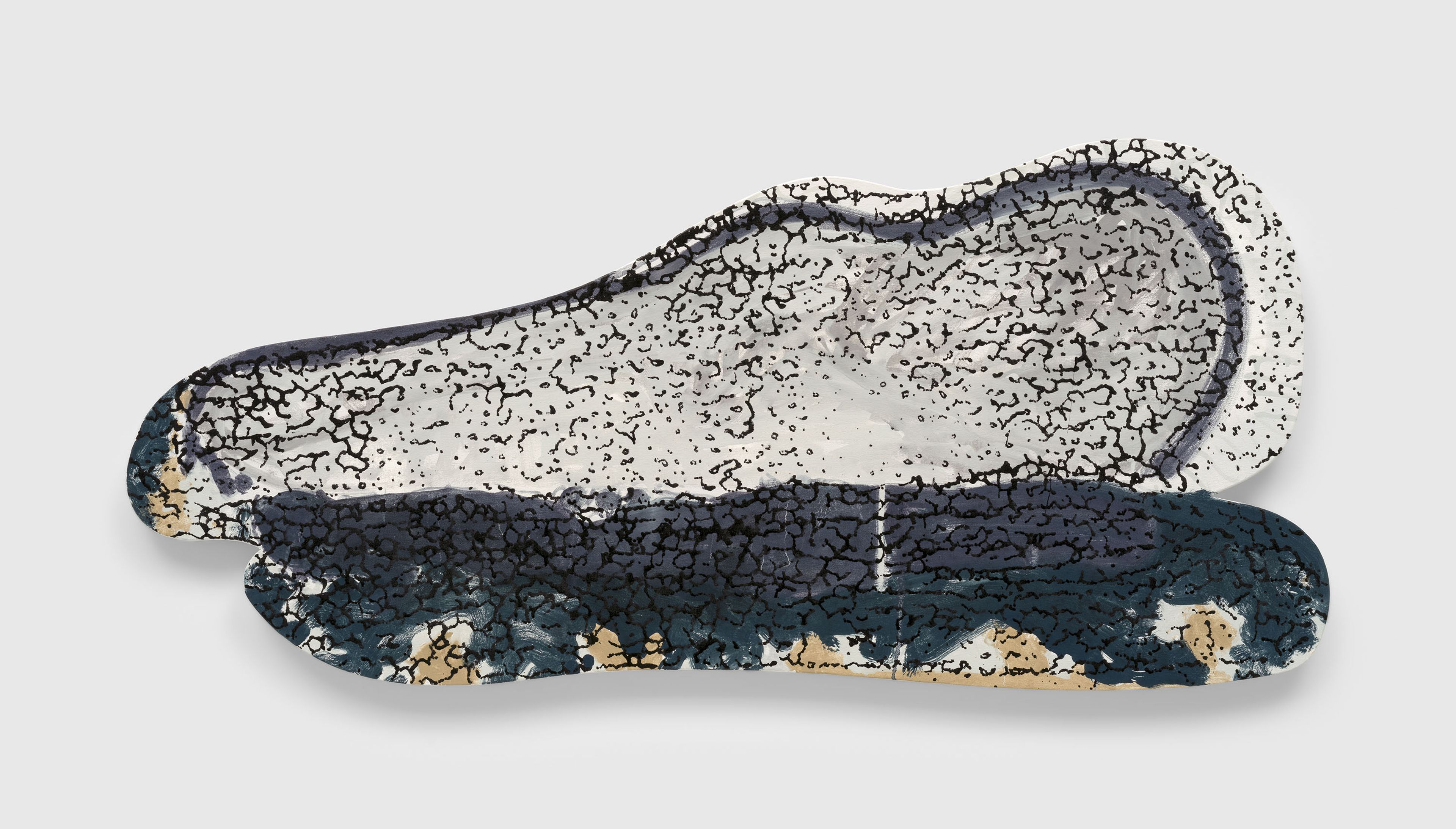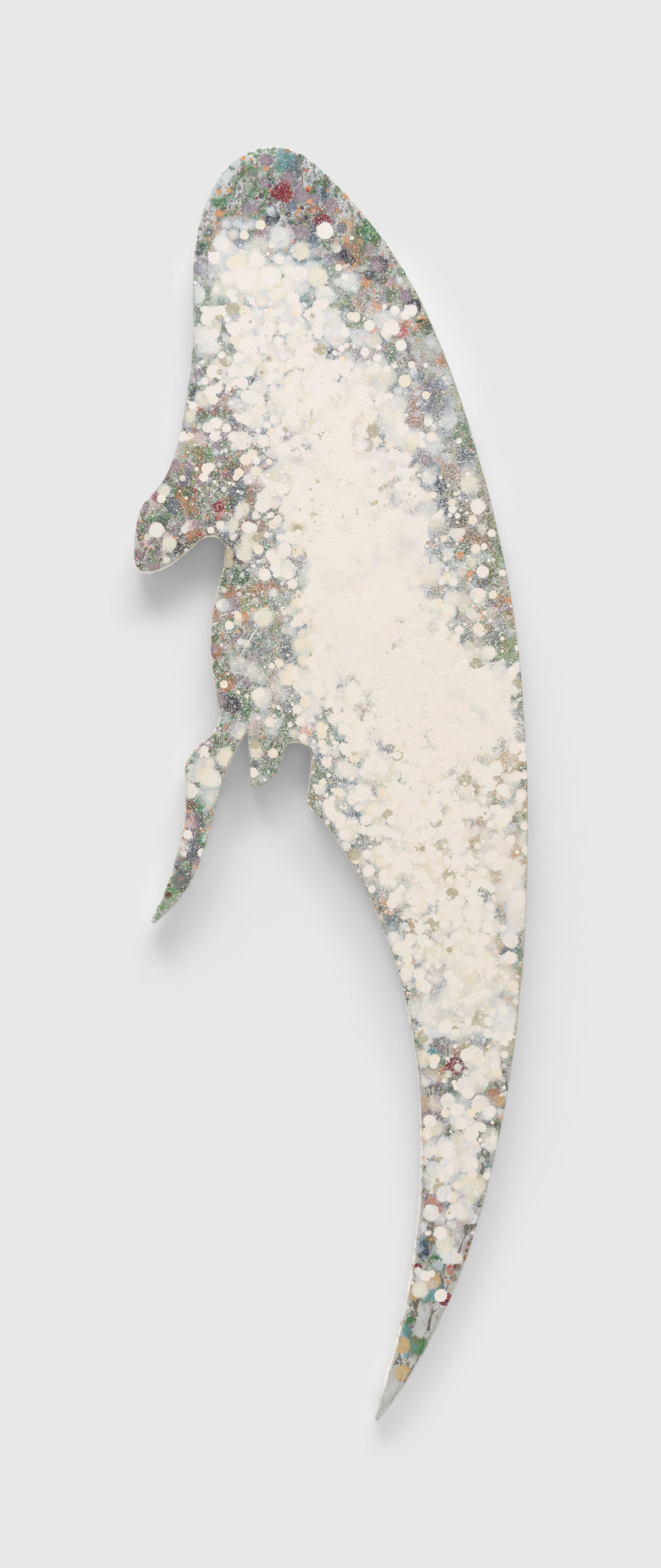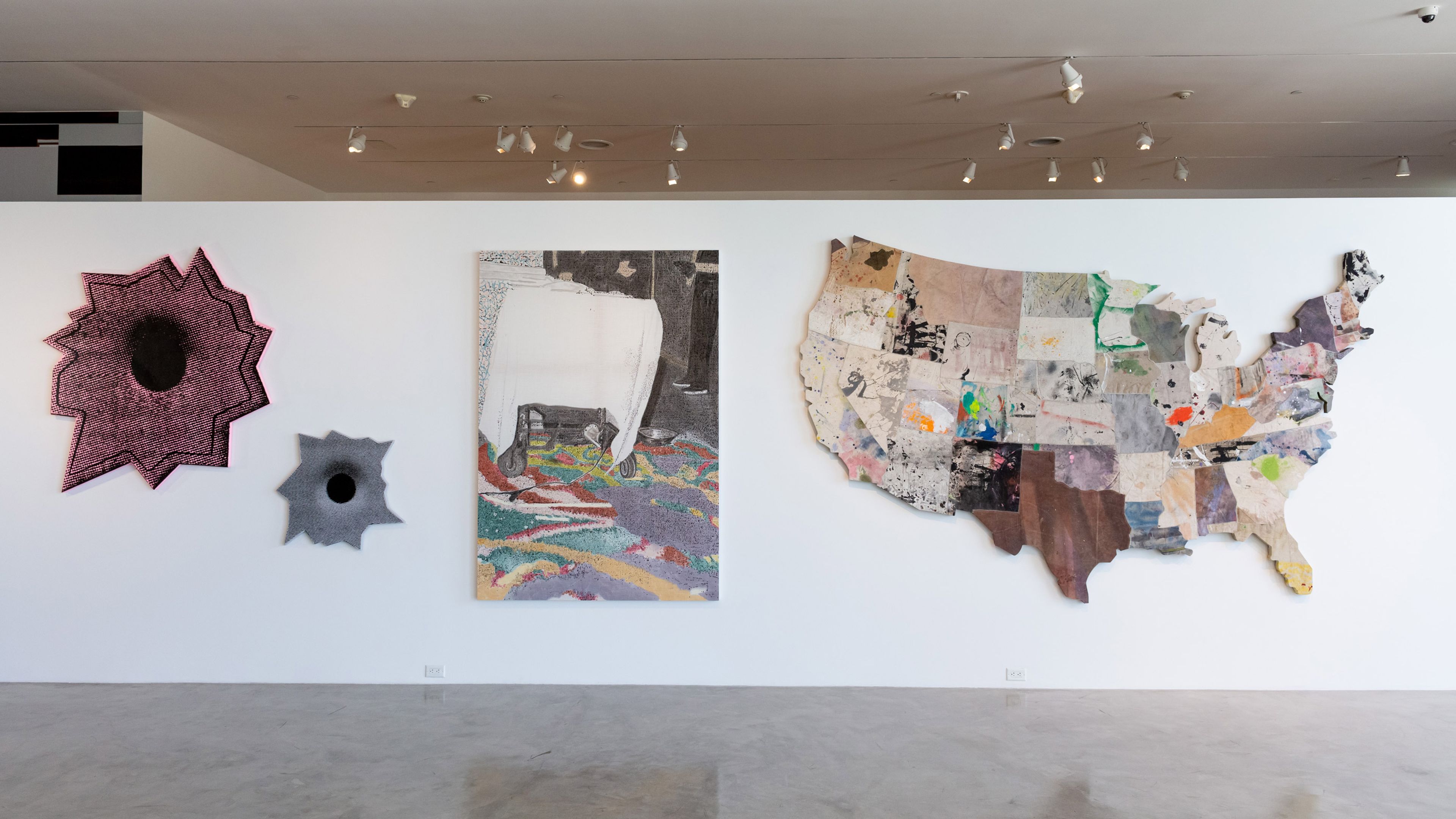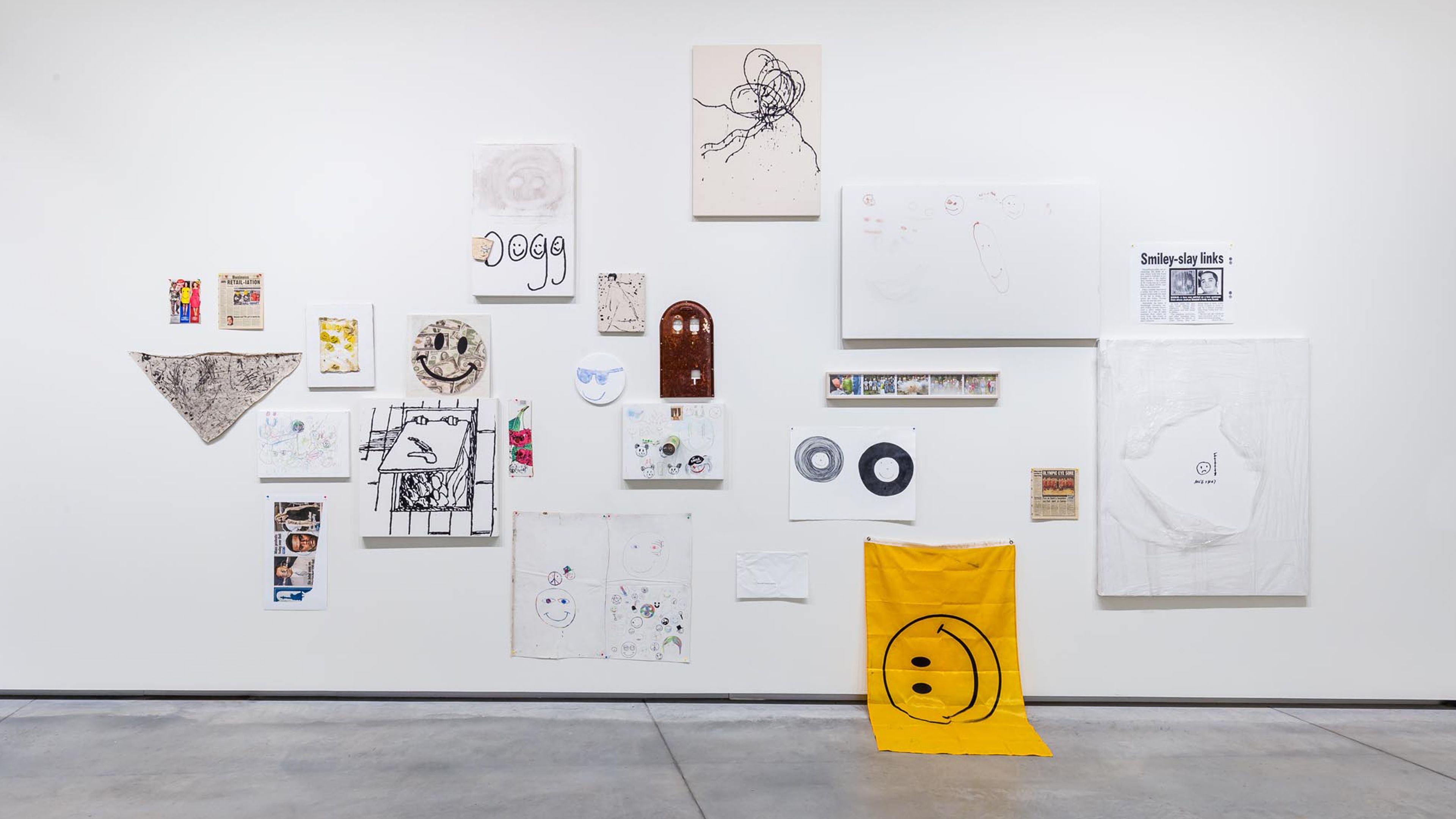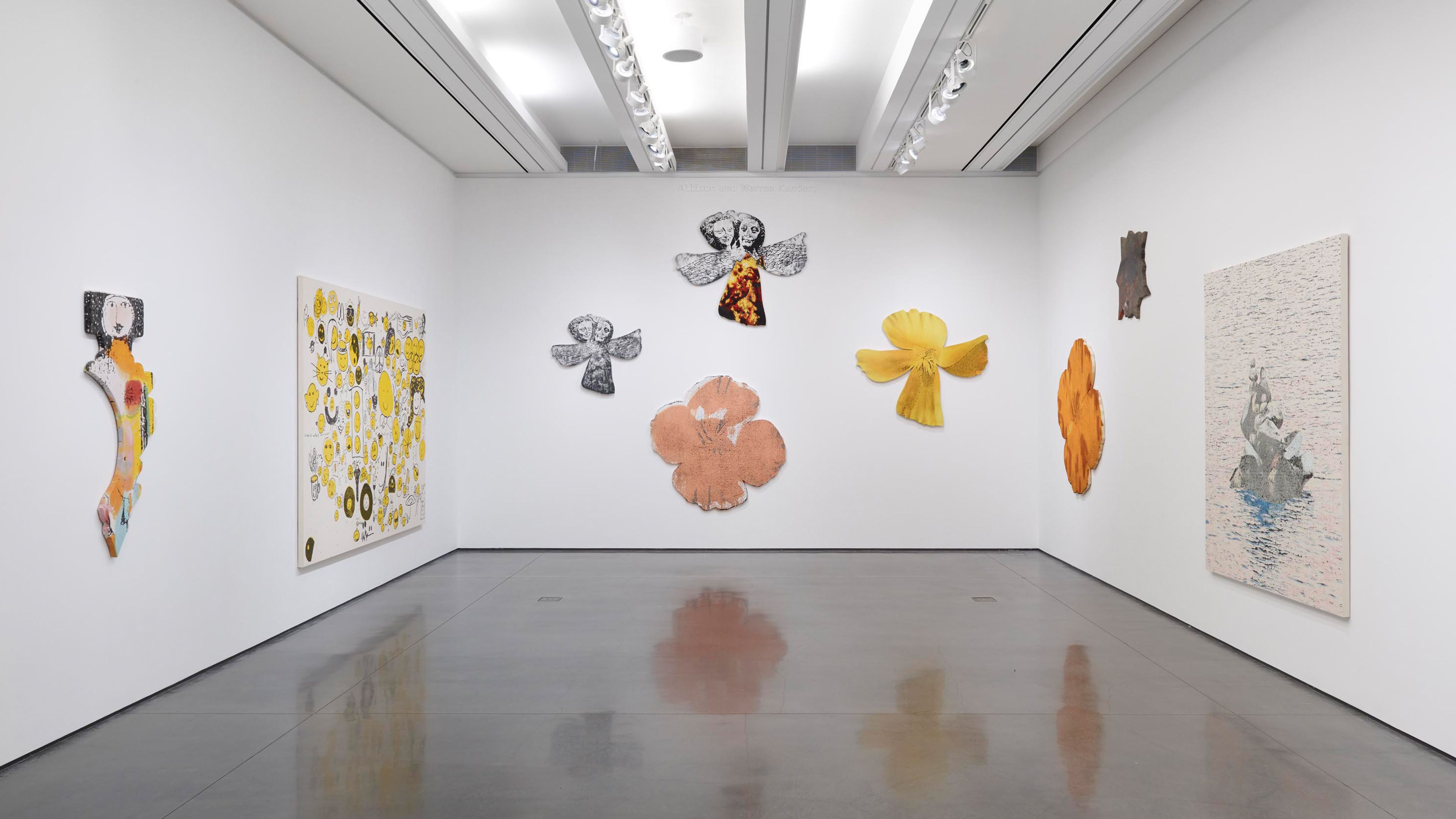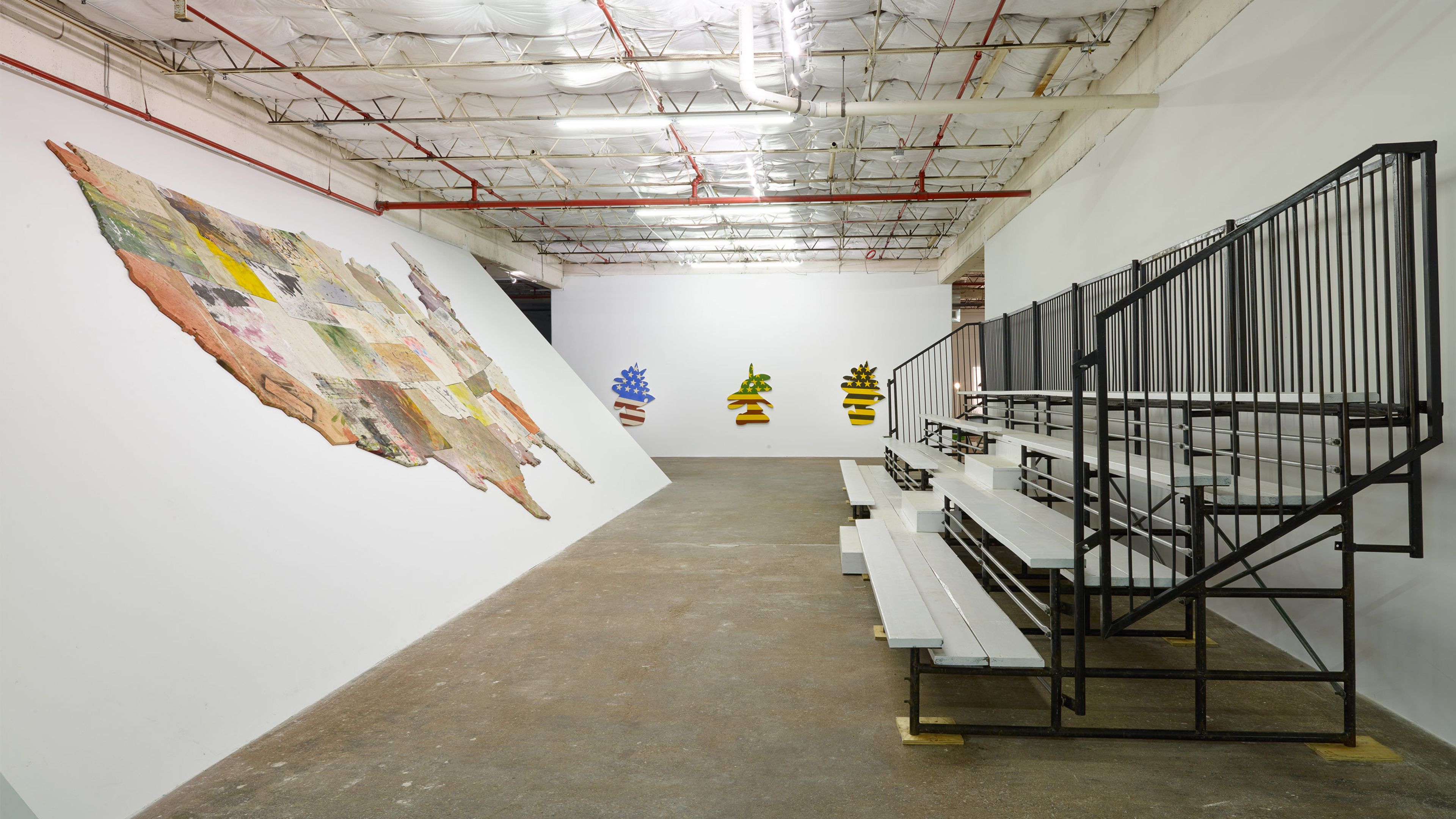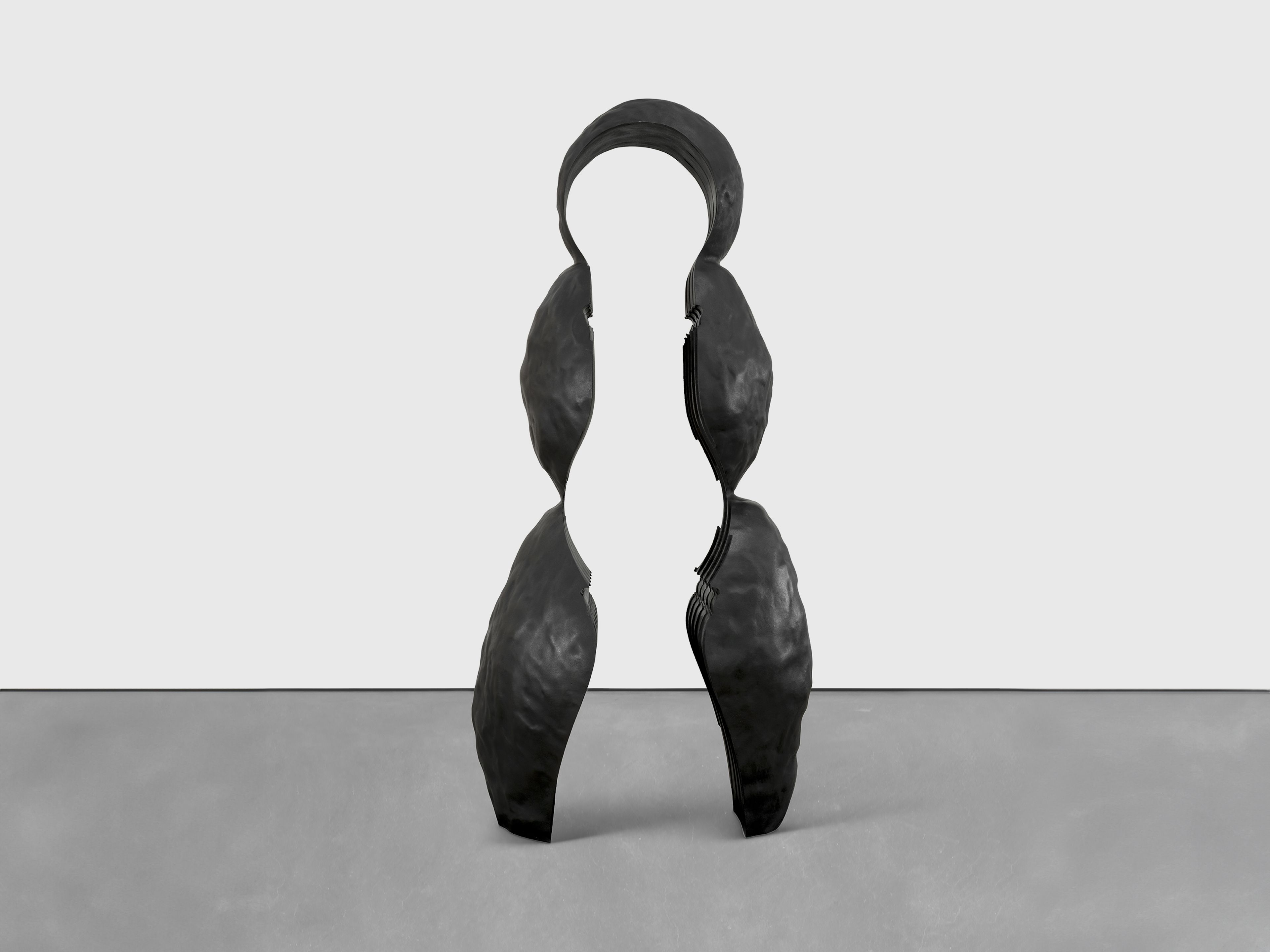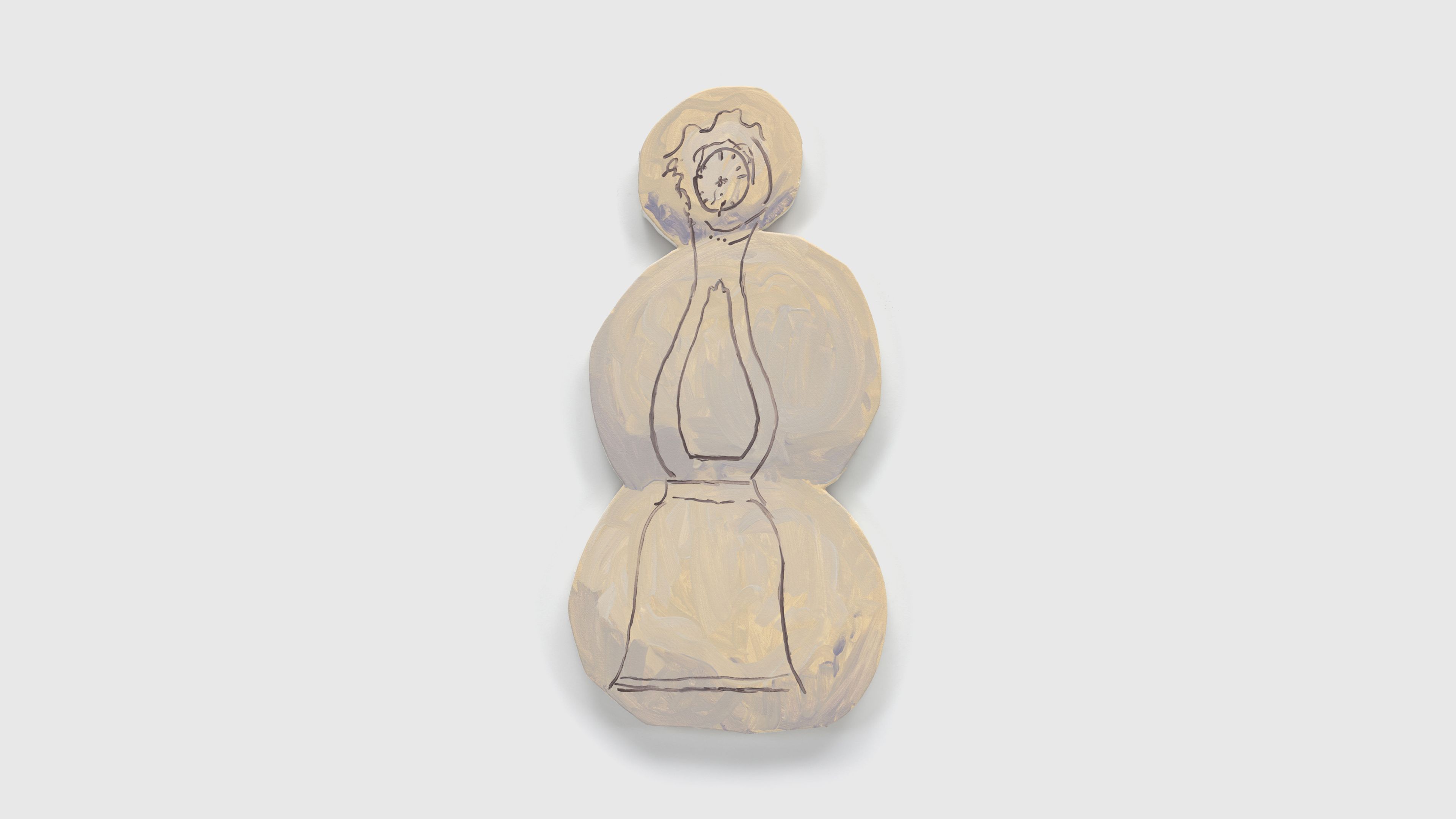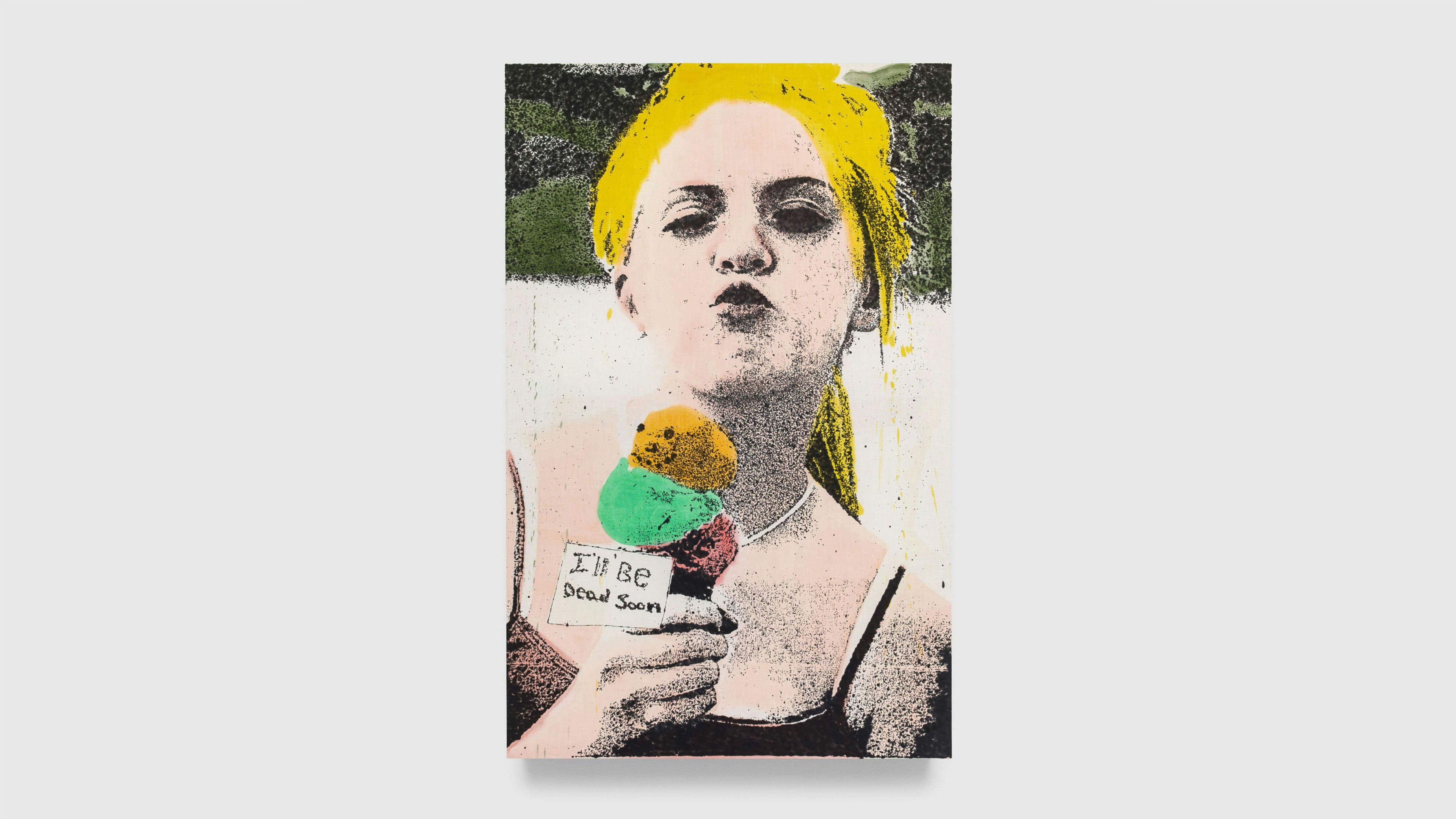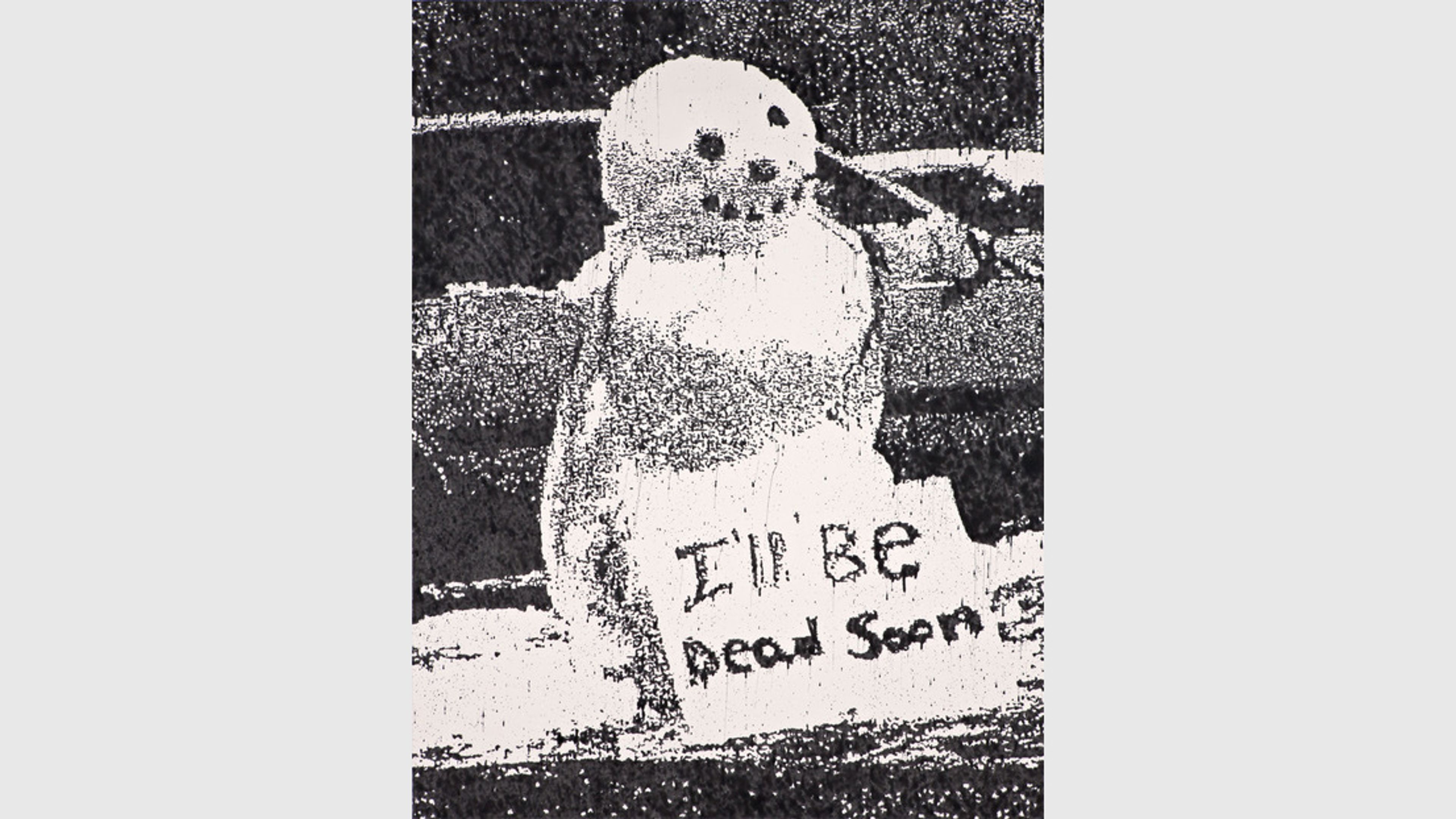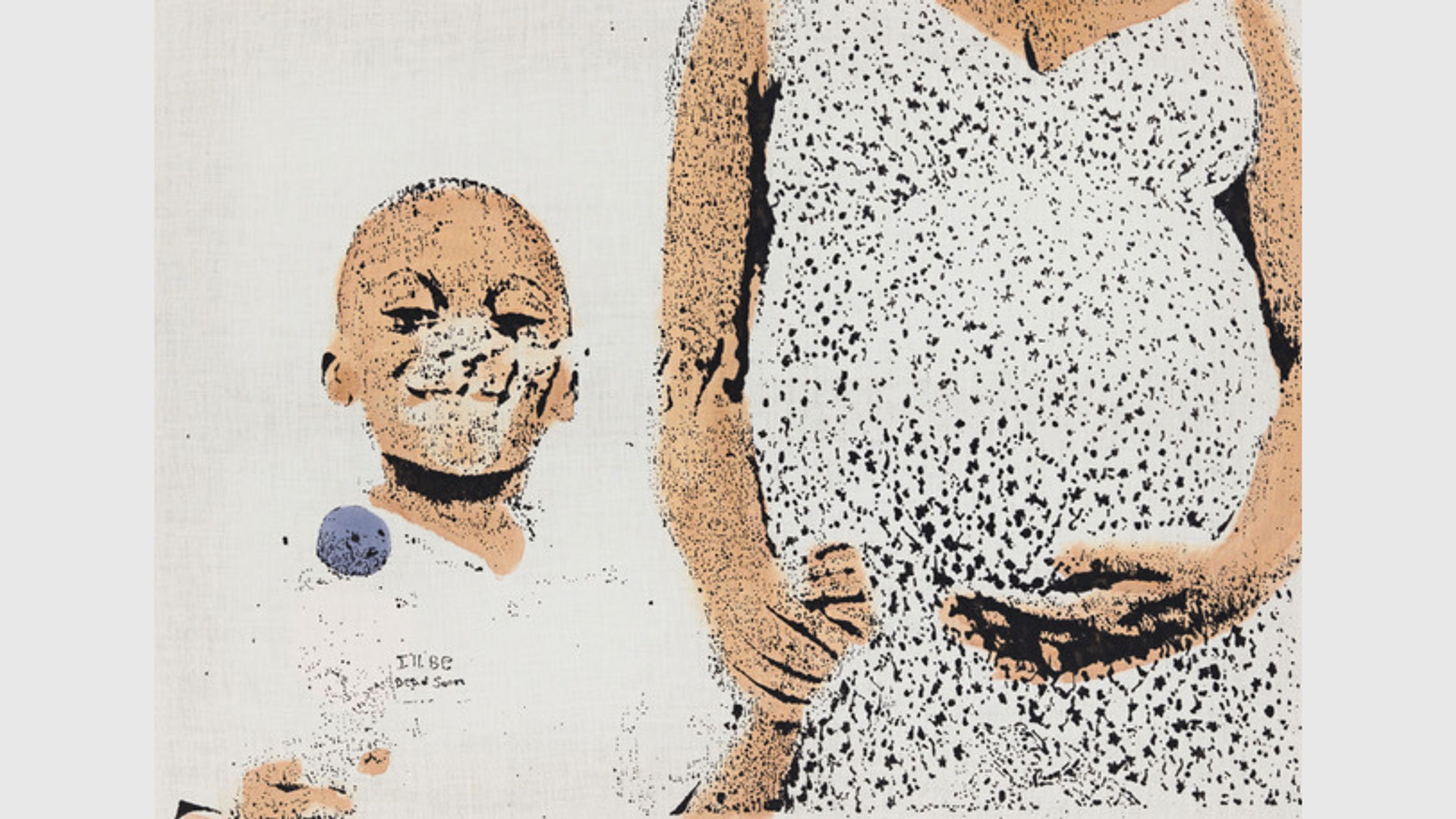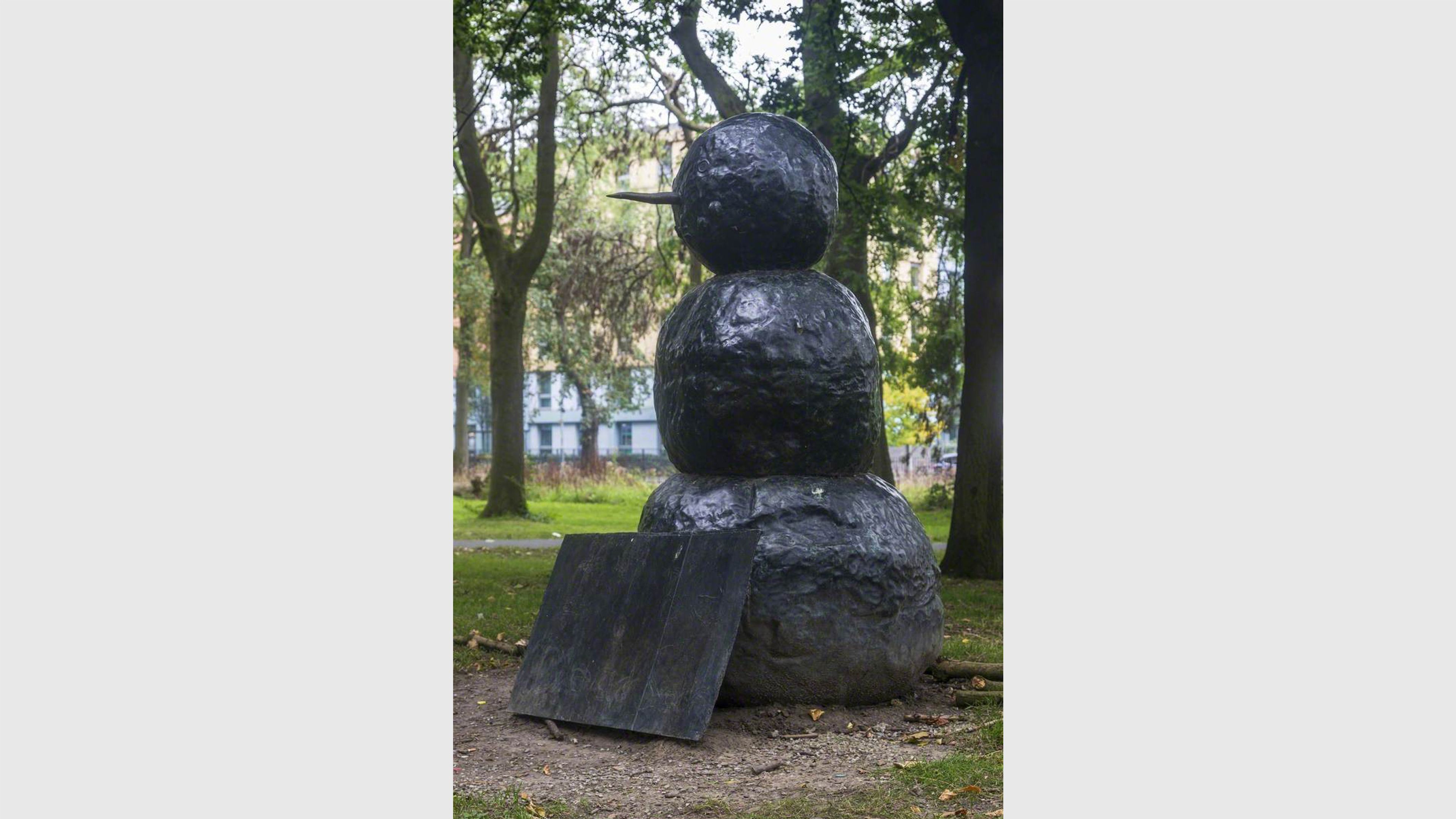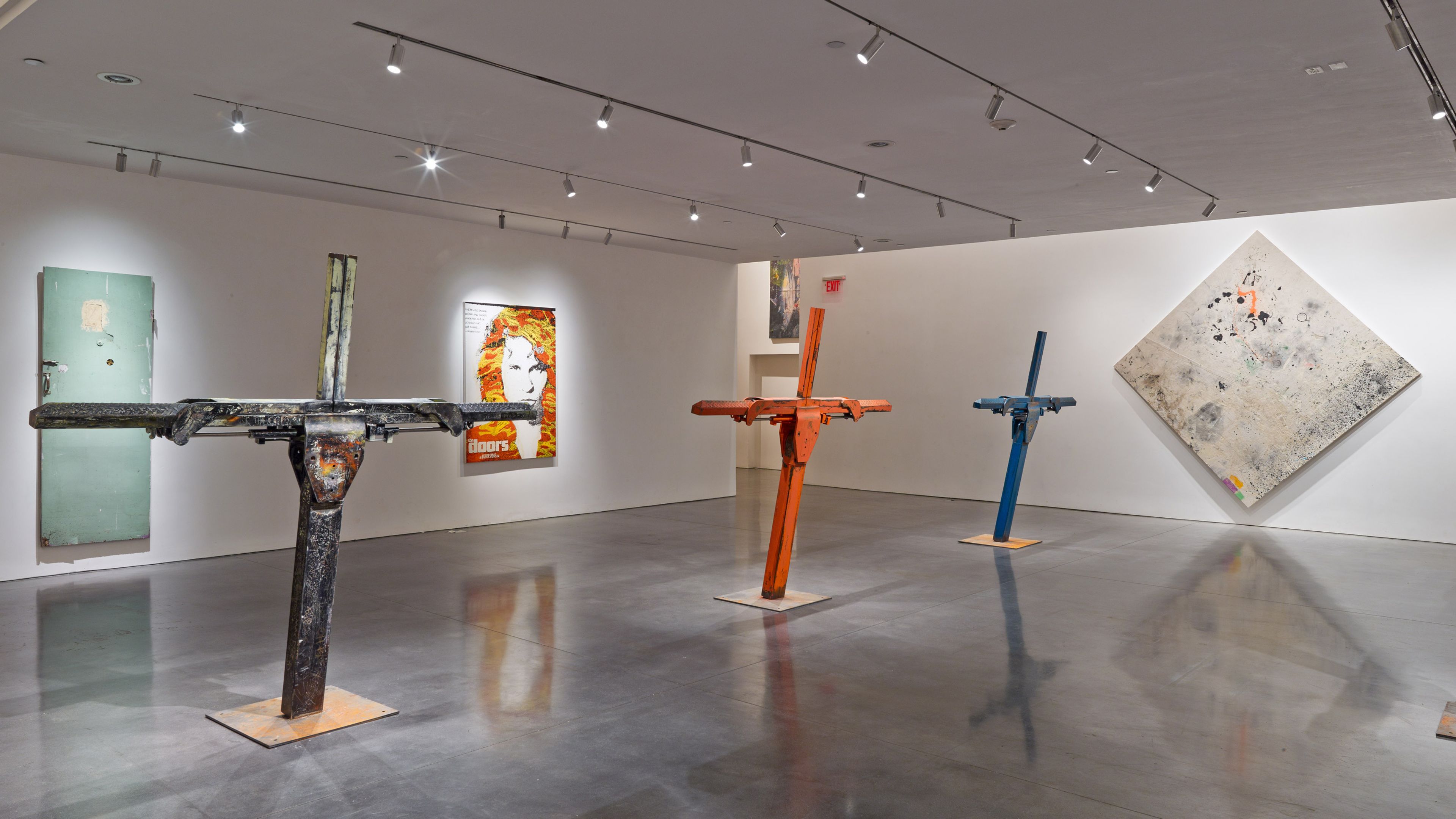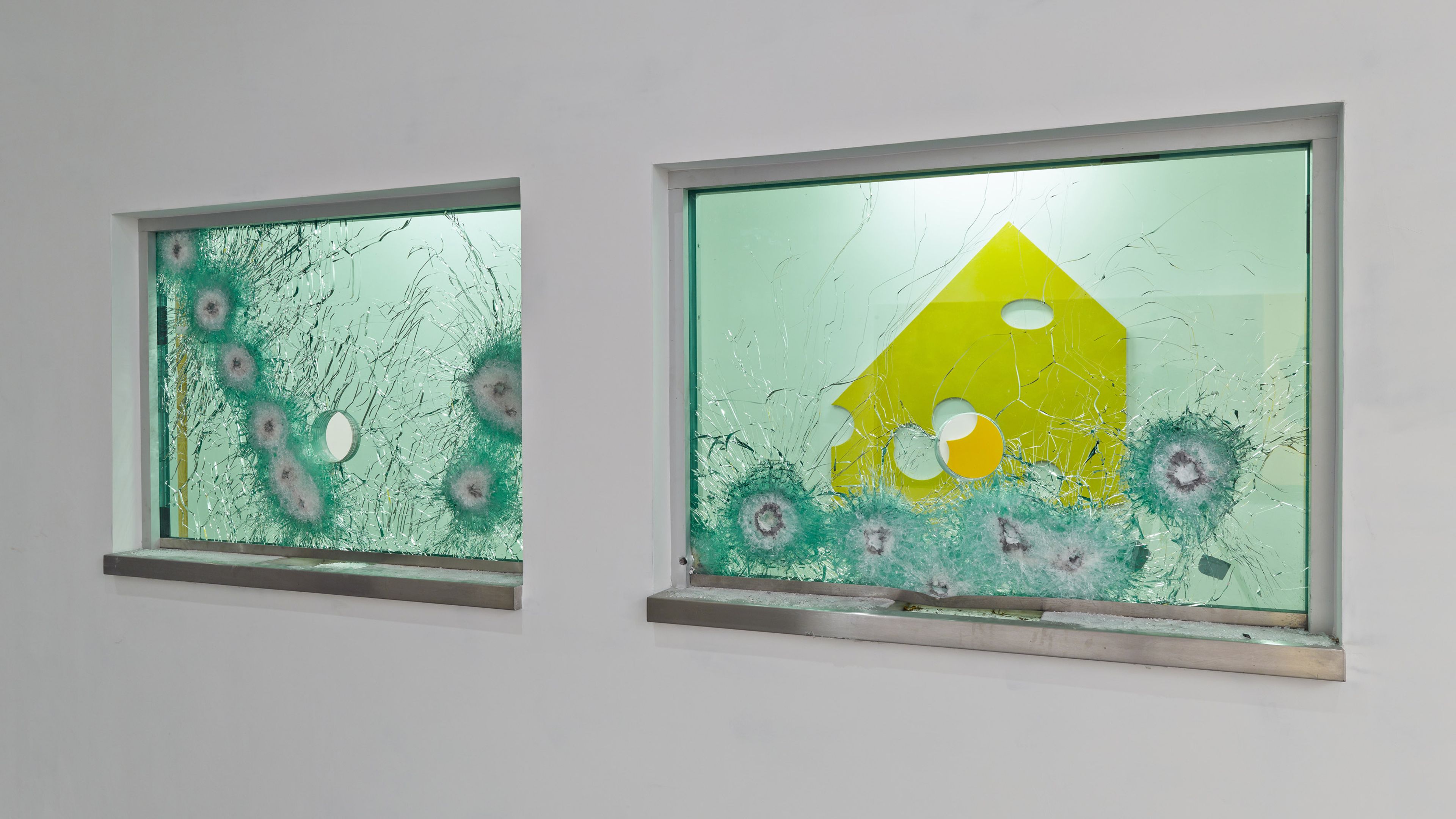Nate Lowman: Parking
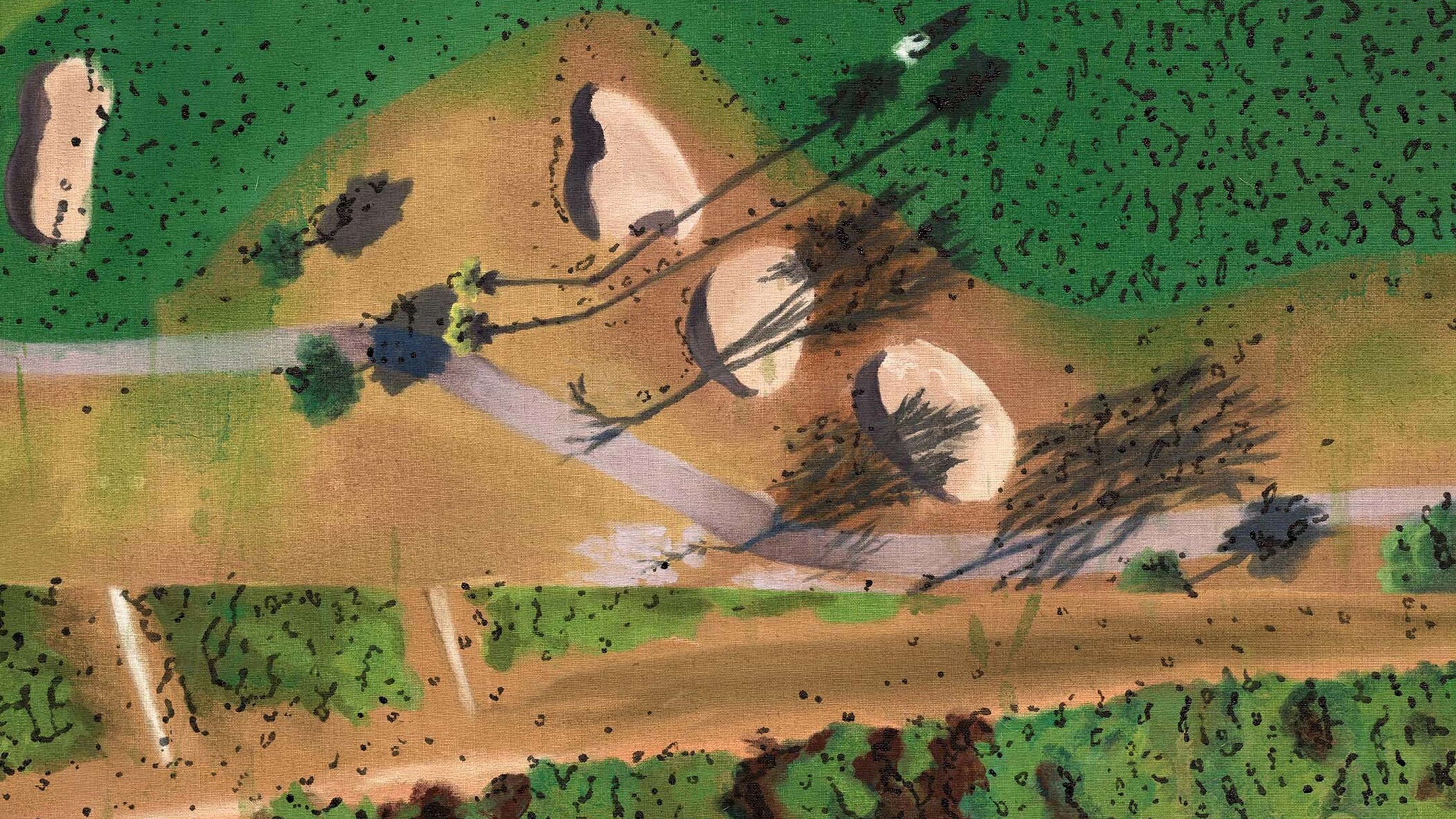
Nate Lowman, Advantage Perfection (Cleanliness Is Next To Godliness), 2024 (detail)
Past
September 7—November 9, 2024
Opening Reception
Saturday, September 7, 6–8 PM
Opening Reception
Saturday, September 7, 6–8 PM
Location
Los Angeles
612 N Western Avenue
Los Angeles, CA 90004
Tue, Wed, Thu, Fri, Sat: 10 AM-6 PM
Artist
Explore
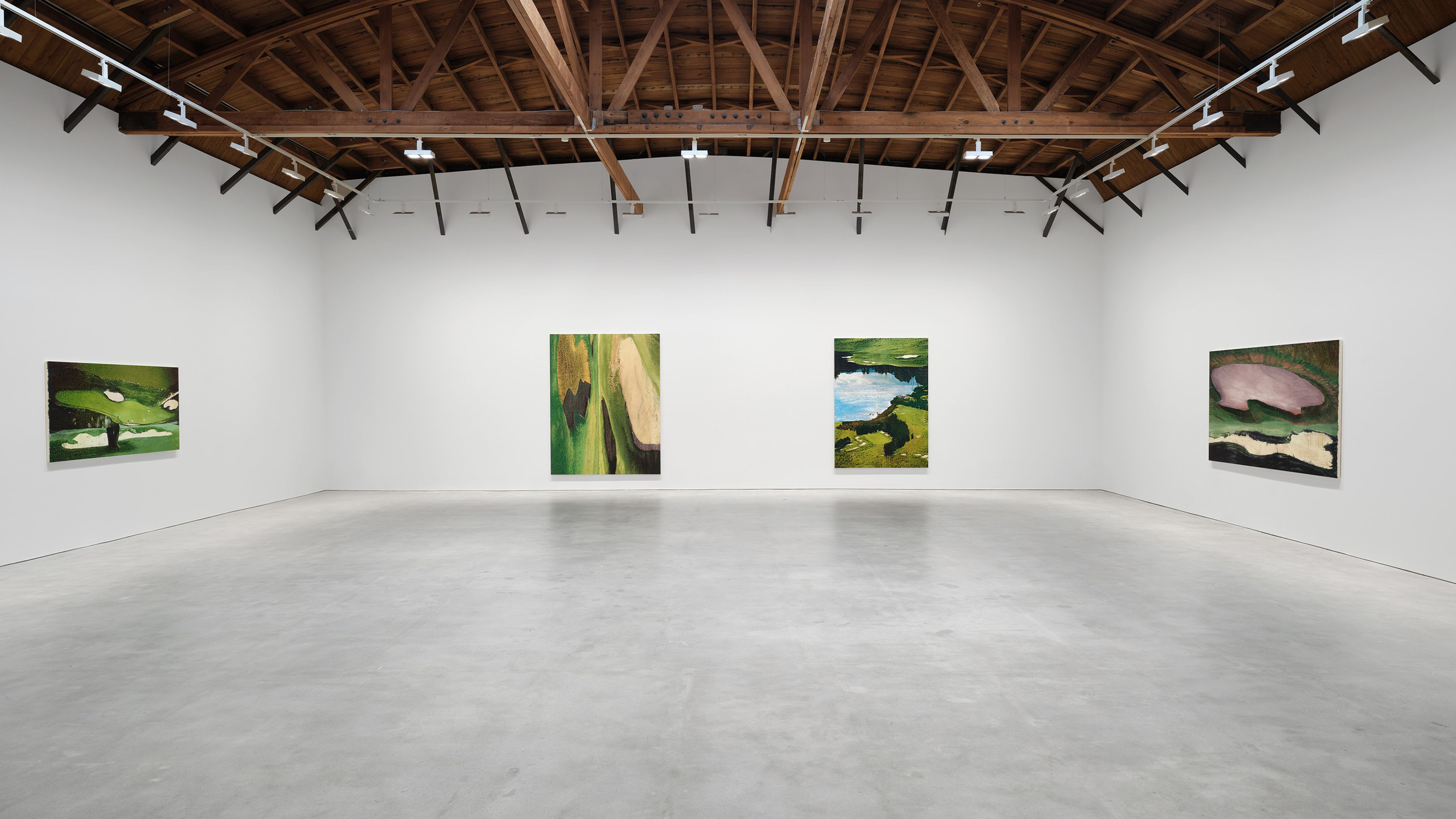
Installation view, Nate Lowman: Parking, David Zwirner, Los Angeles, 2024
“When I paint an image from a photo, whatever it is—whether it’s obscure or recognizable—the translation of going from photograph to painting is just as important as why I’m interested in the image. What’s the photo about? What’s the context? How has it changed? In that translation, lots of things happen: the rendering, the exchange of color, light, and all these things in the media.”
—Nate Lowman in conversation with Heidi Zuckerman
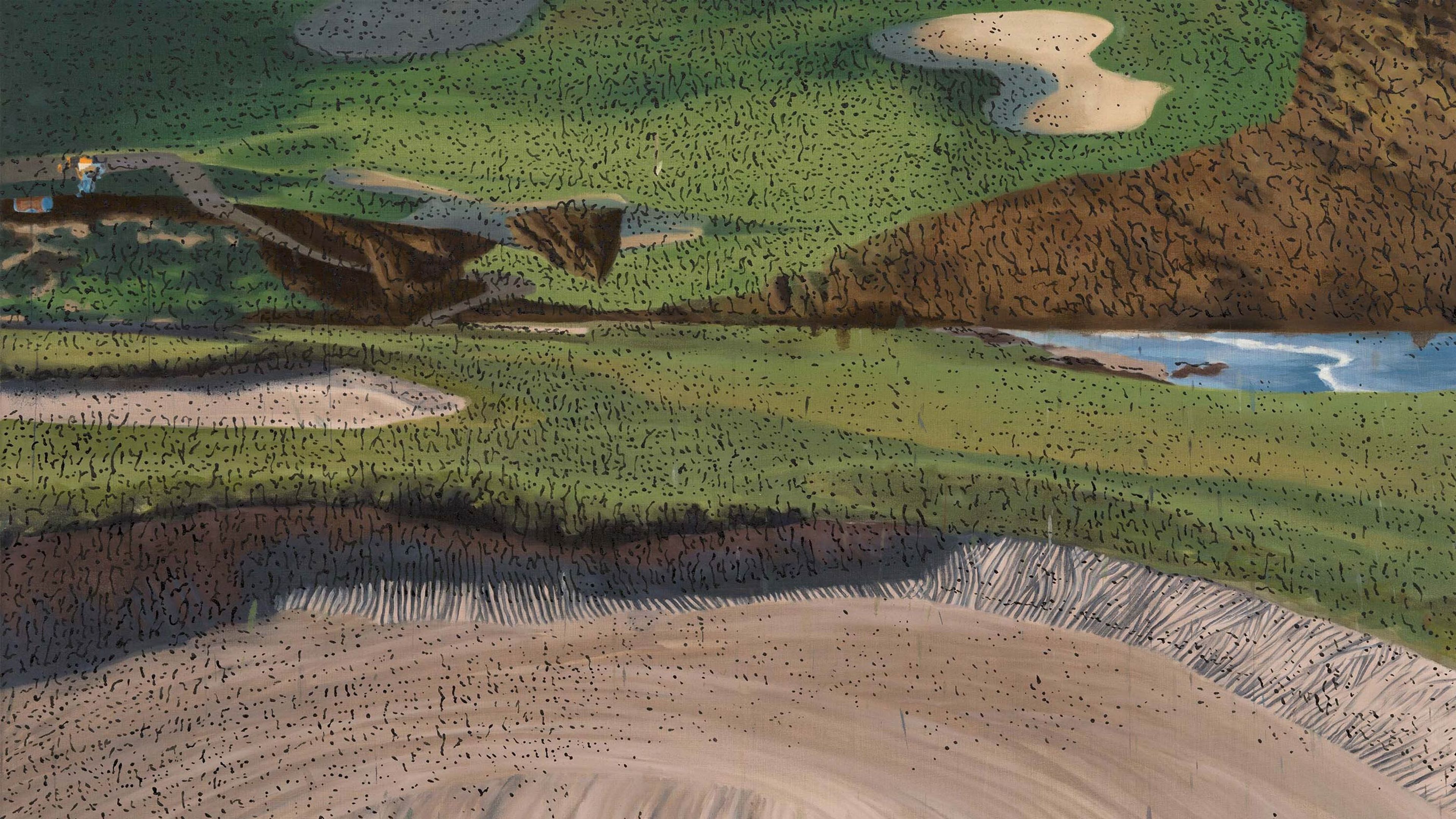
Nate Lowman, Vulcan Margin Shadow Bank, 2024 (detail)
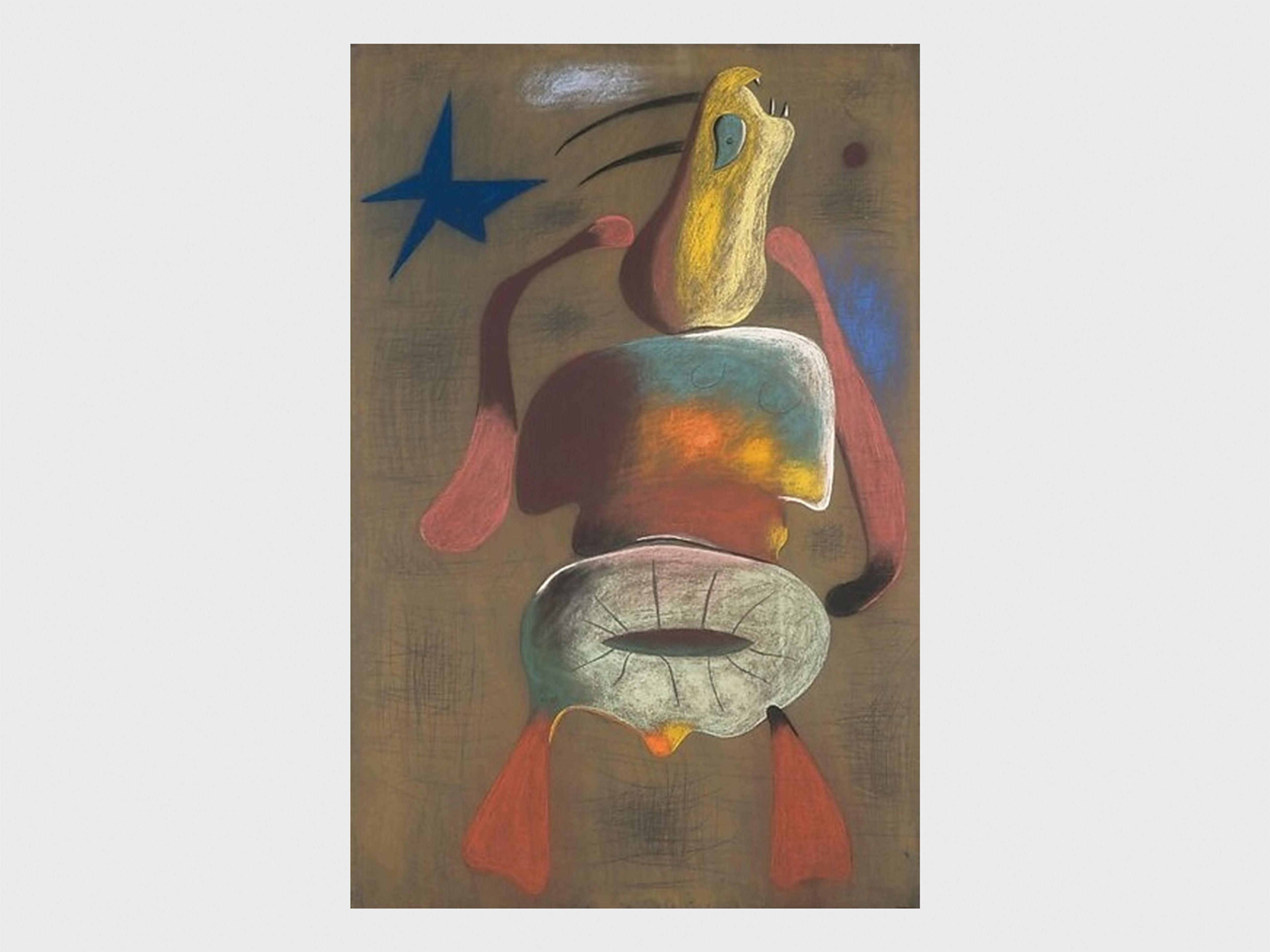
Joan Miró, Woman, 1934. The Metropolitan Museum of Art, New York. © Successió Miró/Artists Rights Society (ARS), New York/ADAGP, Paris 2024
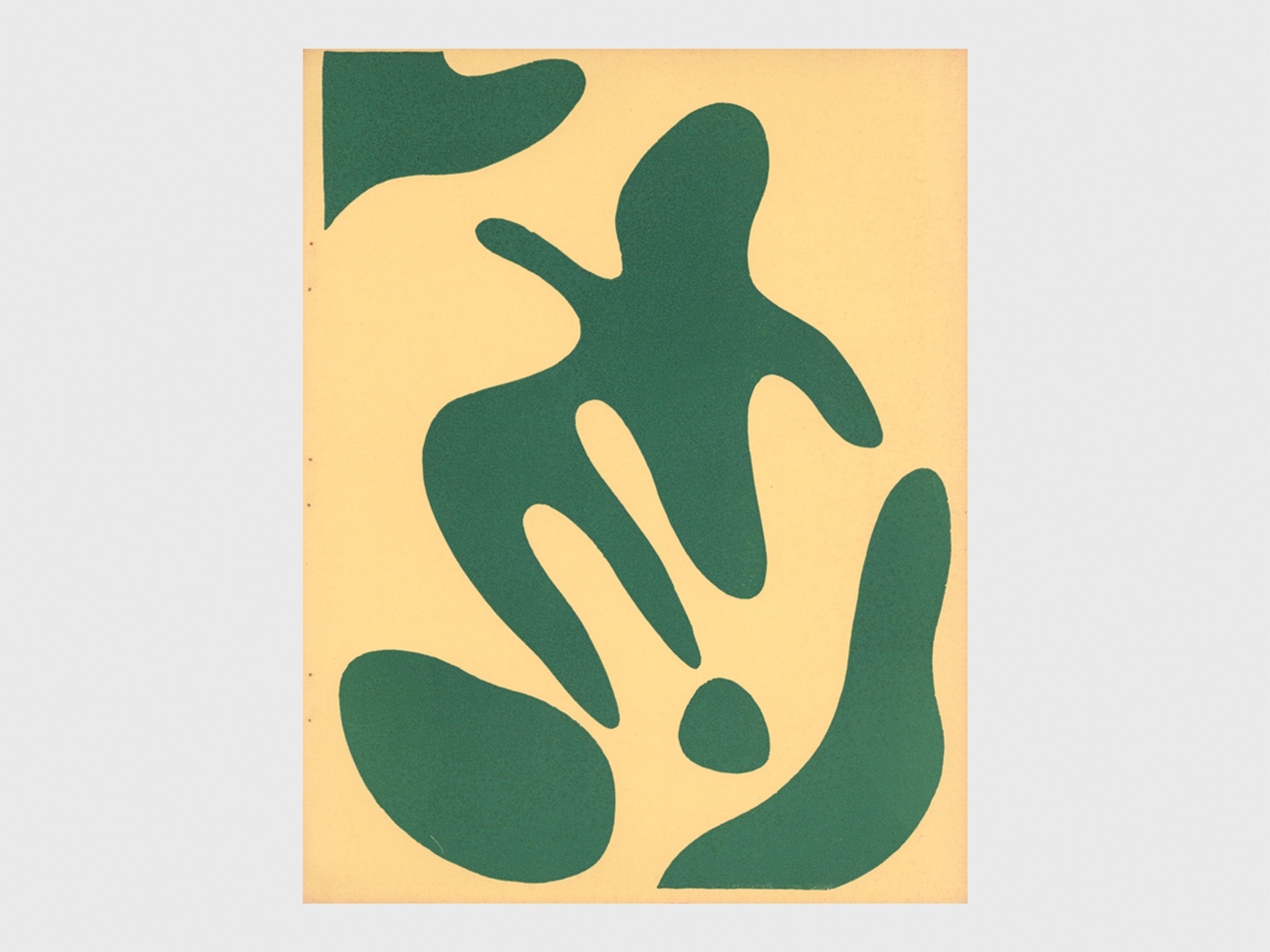
Jean Arp, Constellations, 1938. © 2023 Artists Rights Society (ARS), New York/VG Bild-Kunst, Bonn
Lowman’s new paintings combine a range of opposing registers of art history, culture, and meaning. The palette and the amorphous, rounded shapes of the manicured scenery, with its contrived sand traps and the curved contrasts between turf and grass, recall nonrepresentational forms found in mid-twentieth-century abstract and surrealist art, further enhancing the hyperreal otherworldliness of the nonlandscapes they depict.
“Lowman's works are simultaneously not quite in-focus and not quite out-of-focus: a paradoxical scenario whereby they exist at a threshold of legibility, in a kind of visual 'no-man's land.' Self-consciously employing an abject aesthetic, with all the (art historical) baggage that comes with it, Lowman's approach to the process of rethinking and translating images is fundamentally anachronistic, essentially a Luddite act.”
—Matthew Higgs, artist, curator, and writer
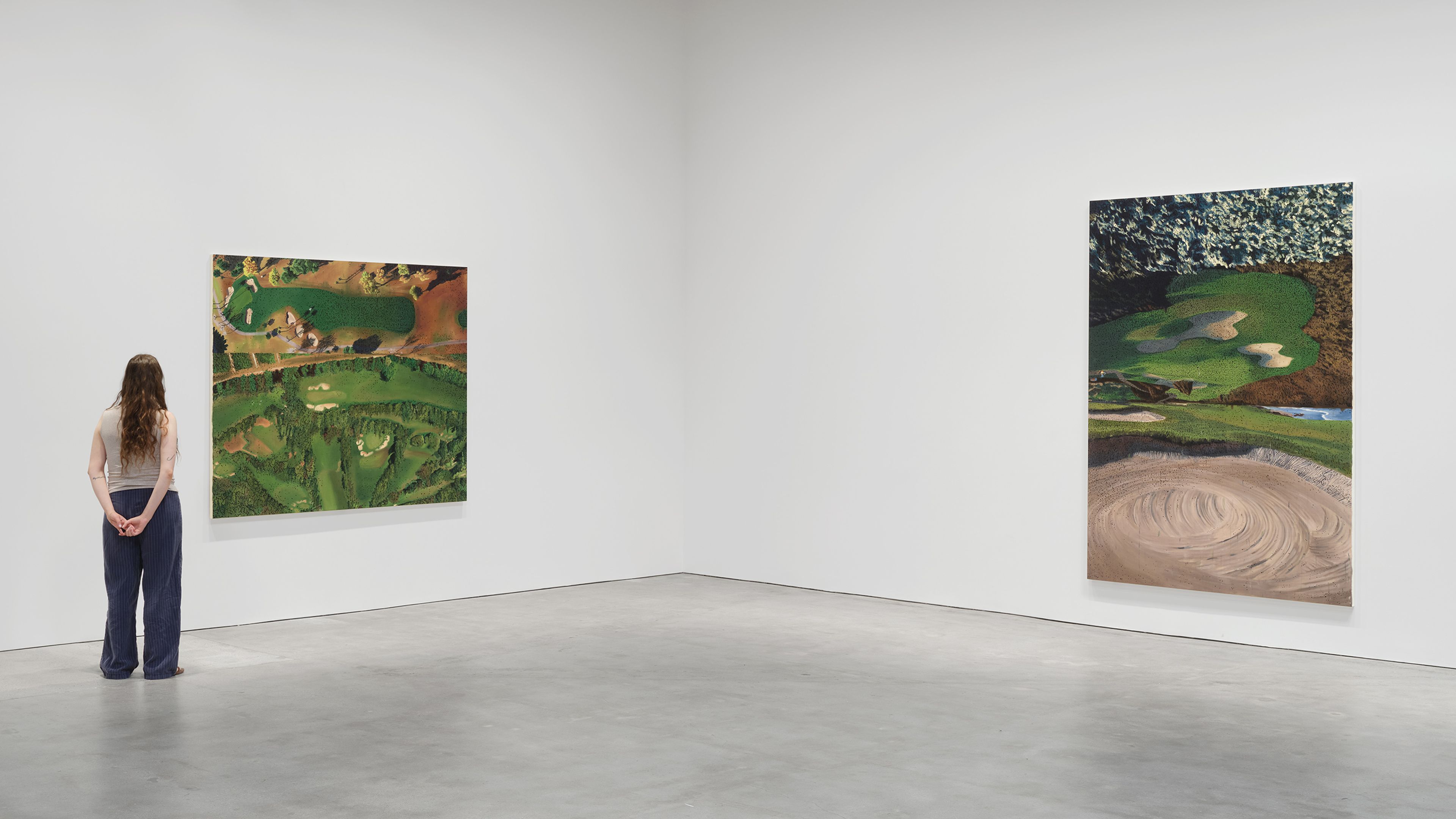
Installation view, Nate Lowman: Parking, David Zwirner, Los Angeles, 2024

Photo courtesy the New York Public Library Picture Collection
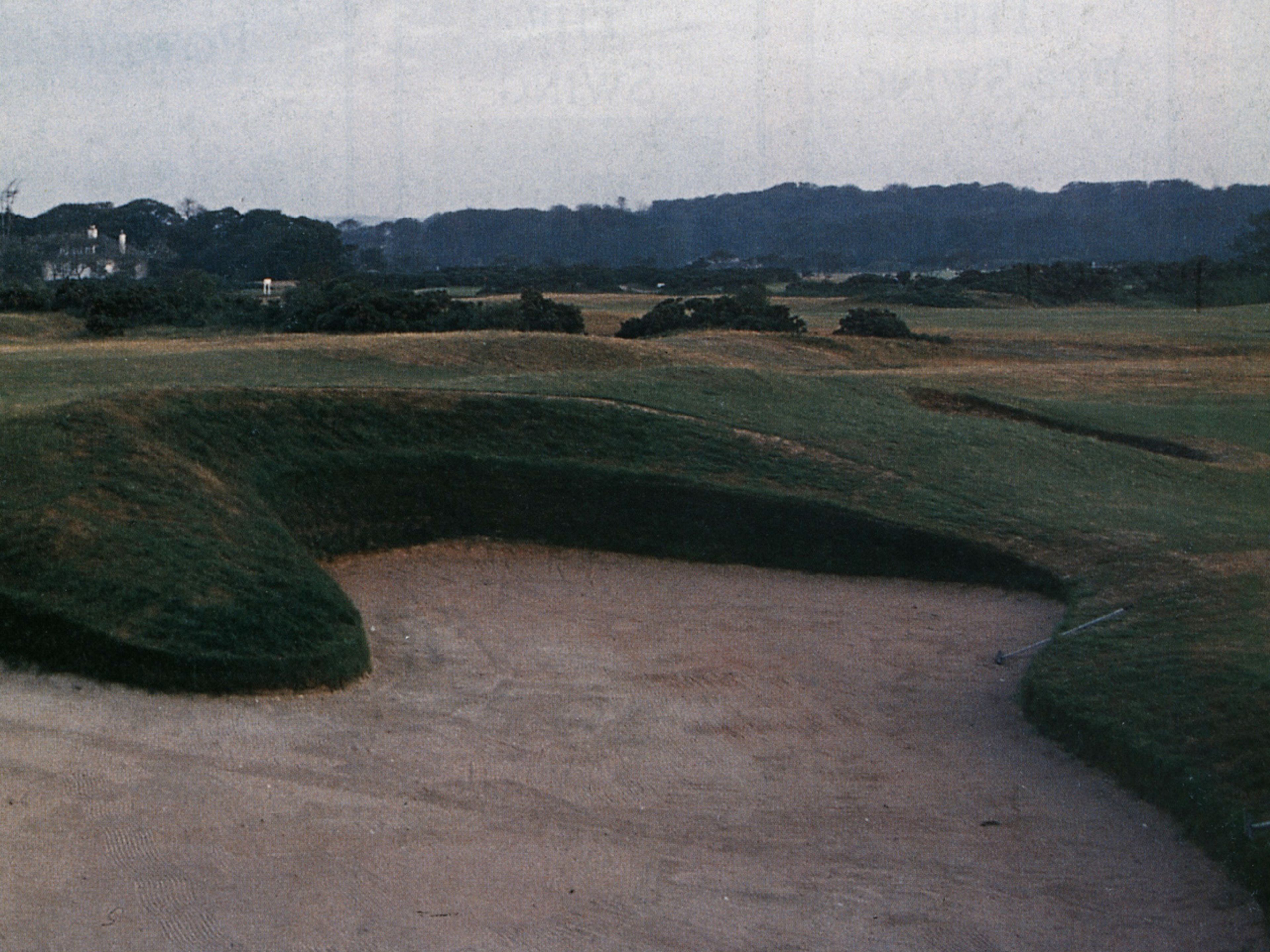
Photo courtesy the New York Public Library Picture Collection
Found by the artist from various photographic sources, from recent imagery to 1970s and 80s golfing monographs, the views of distinct golf courses are merged as composite images that confound any fixed point of view and create impossible perspectives on the plane of the canvas. Lowman heightens the highly designed, rendered artificiality of the golf courses by translating this placeless imagery into paint with striking color.
“When you put something into the language of oil paint, it takes a very broad step; painting is a place where people go to look and think. It’s invigorating and/or disarming, but when you hang a painting on the wall, the painting actually negates the wall; where there was a wall, there’s now a place that you can go and look.”
—Nate Lowman in conversation with Heidi Zuckerman

Exceptional Works: Nate Lowman
Grass Sham Glass, 2024
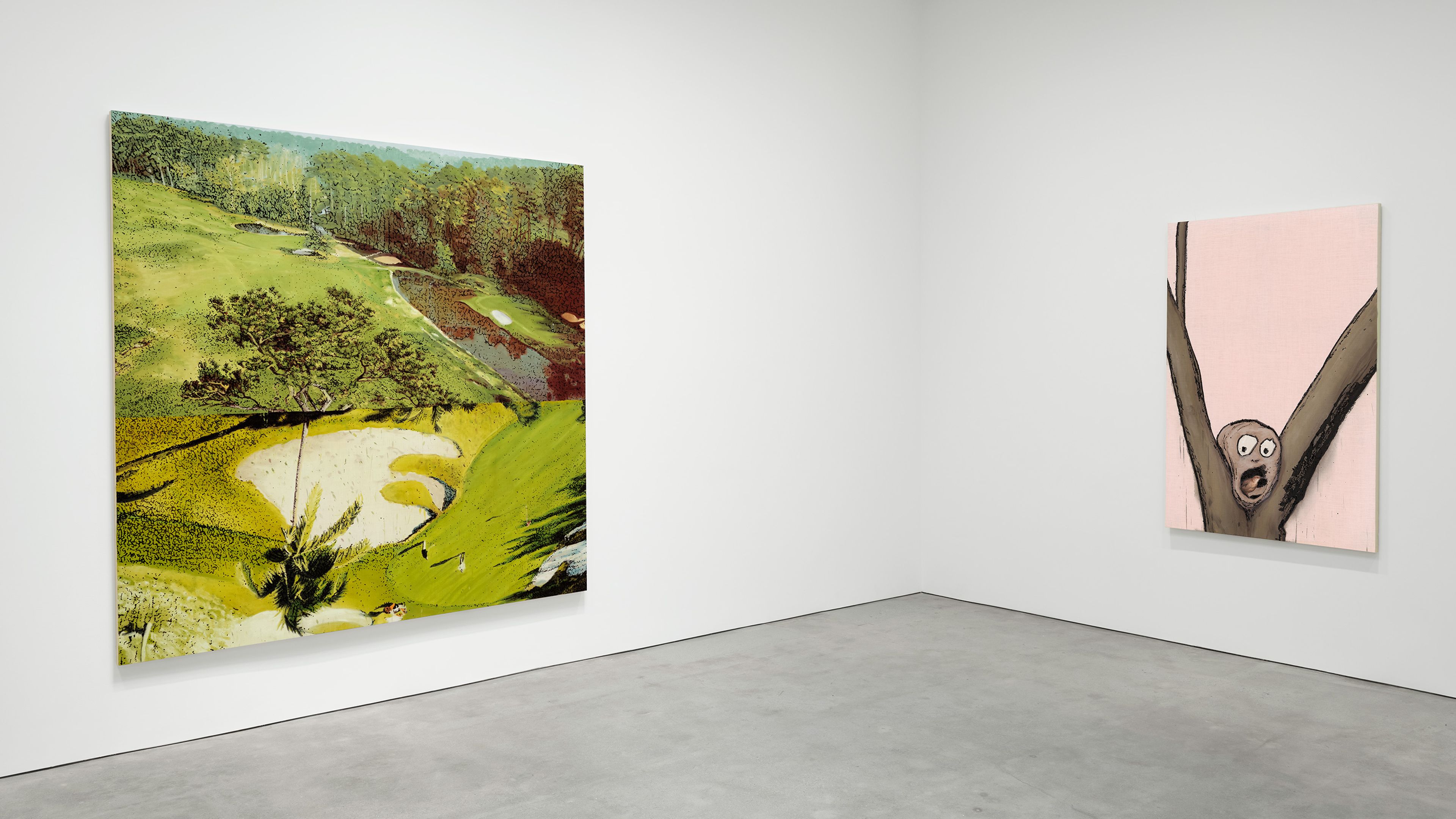
Installation view, Nate Lowman: Parking, David Zwirner, Los Angeles, 2024

Nate Lowman, Aira’s Ovenbird, 2024 (detail)
“Allowing one signifier to slip into another, [Lowman] conjures a multiplicity of possibilities and rich, open-ended story. This art of selecting, curating, orchestrating and manipulating mirrors contemporary American society.”
—Gunnar B. Kvaran, director, Astrup Fearnley Museet for Moderne Kunst
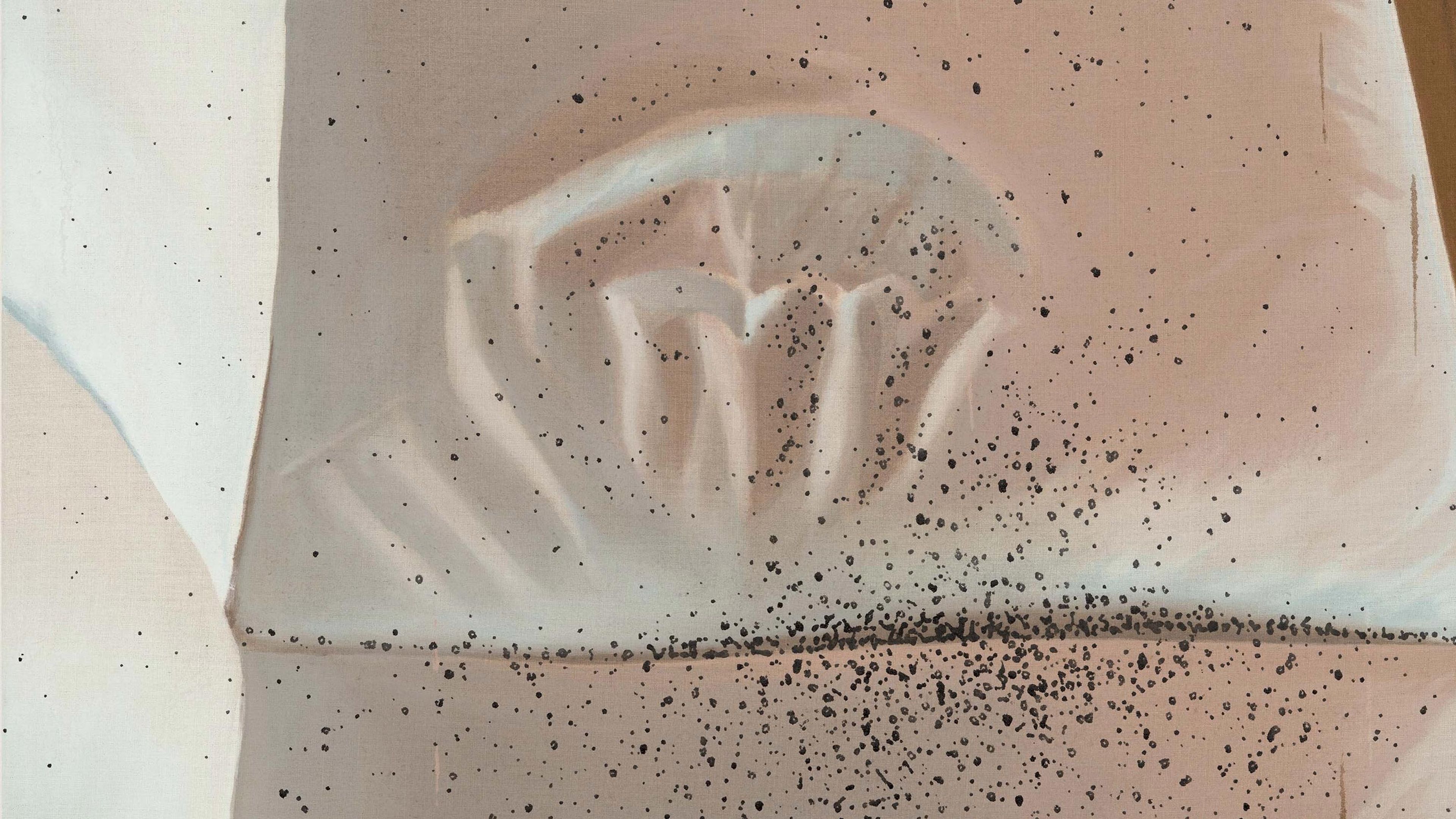
Nate Lowman, White Couch, 2024 (detail)
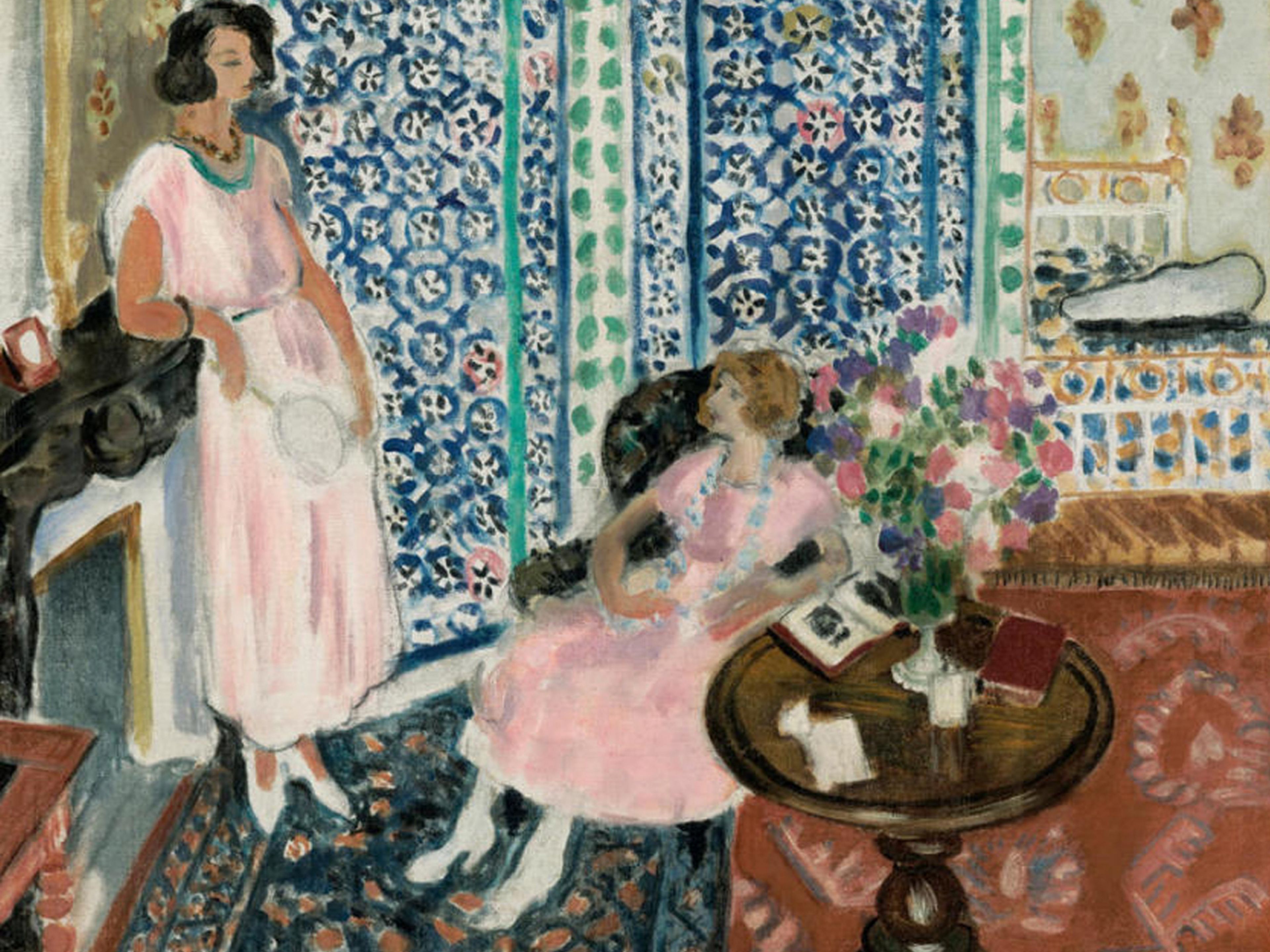
Henri Matisse, The Moorish Screen, 1921 (detail). Philadelphia Museum of Art
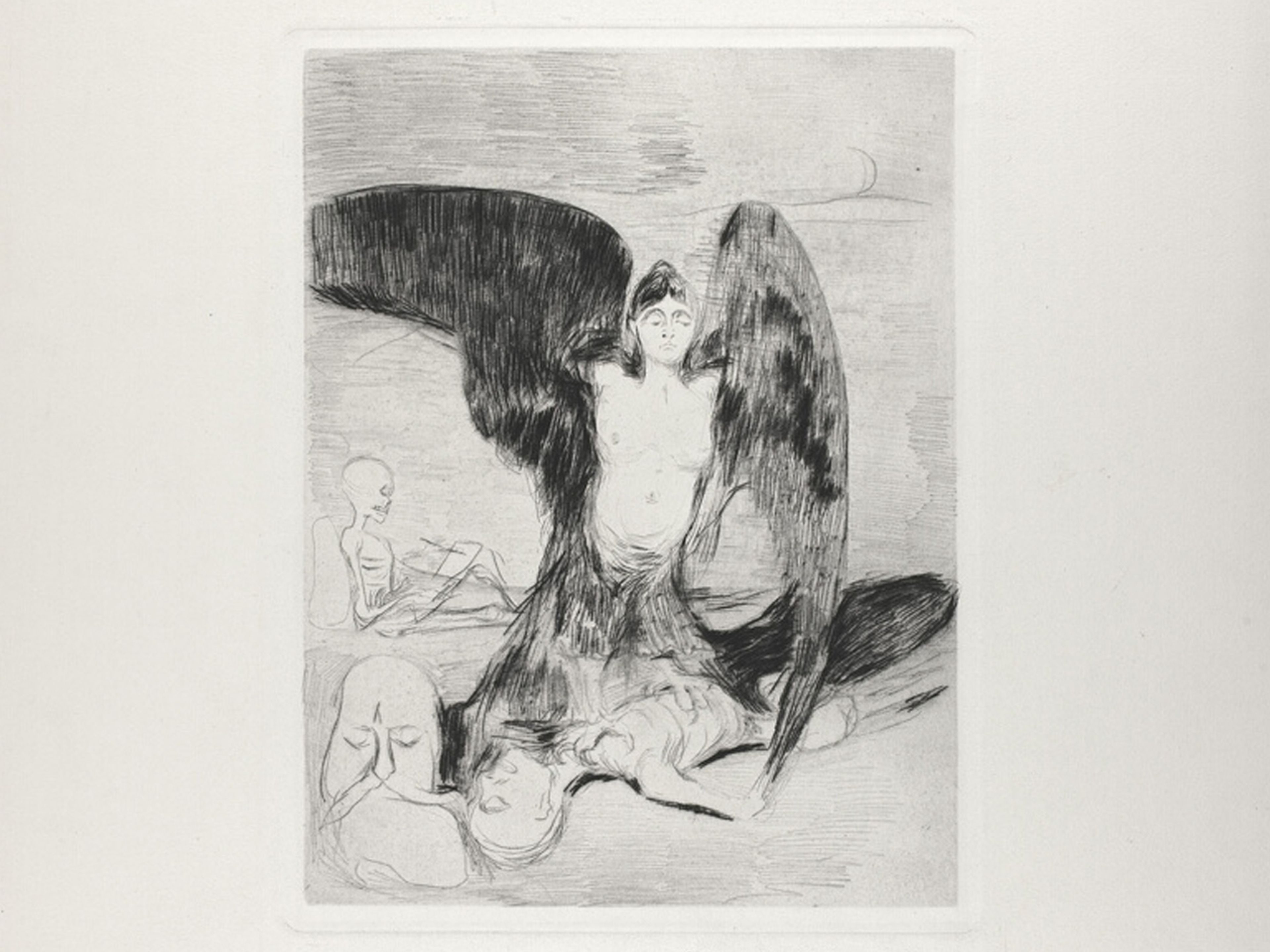
Edvard Munch, Harpy, 1894 (detail). Art Institute of Chicago
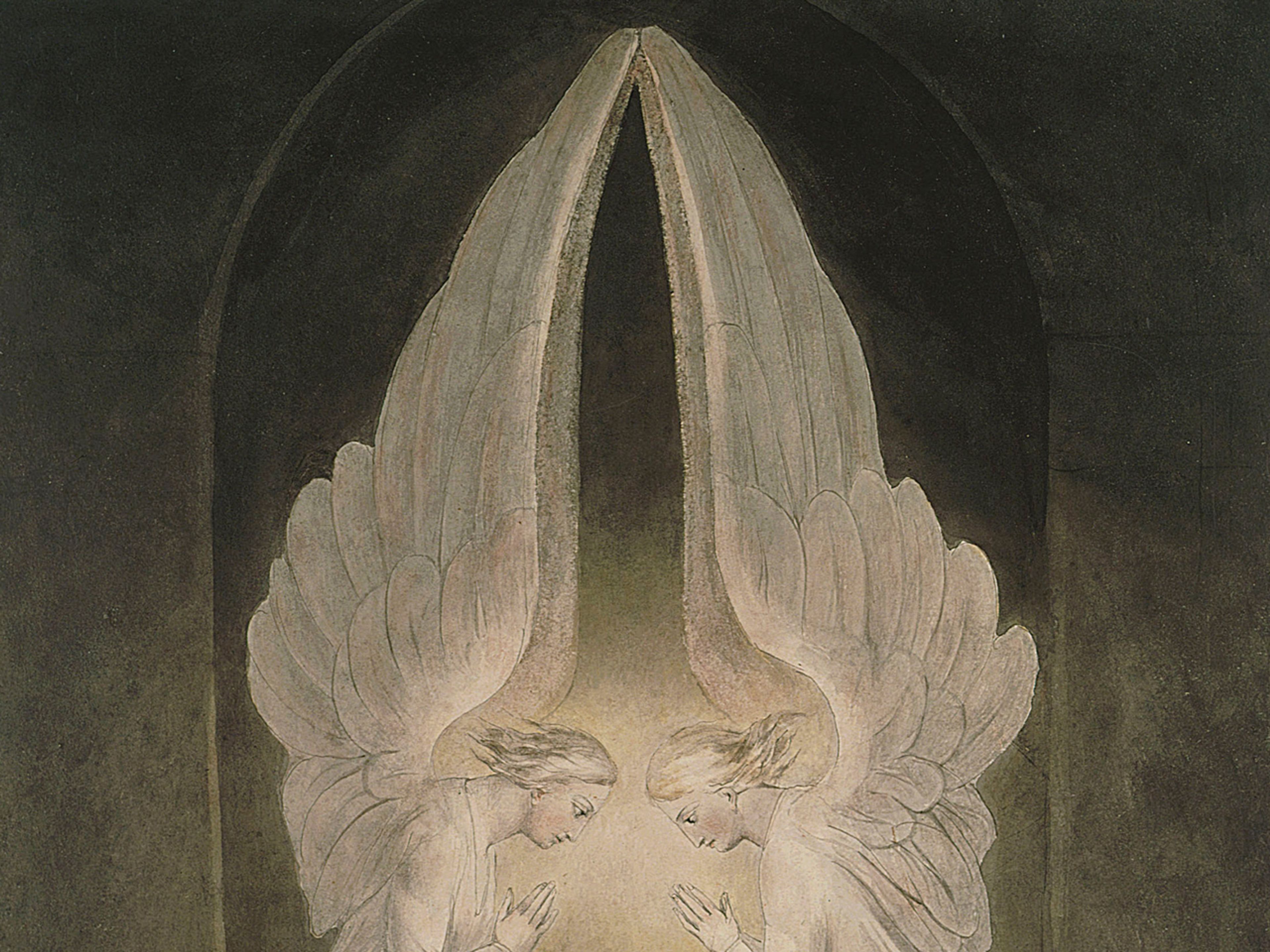
William Blake, Christ in the Sepulchre, Guarded by Angels, c. 1805 (detail). Victoria and Albert Museum, London
Another selection of shaped canvases further complicate, with poetic dissonance, the relationship between figuration and abstraction, painting and object, image and meaning. Violin Case (Matisse) (2024) features an opened, empty violin case from the background of a Matisse painting, visually recalling a coffinlike form, while Wing (Munch) (2024) brings to mind the imagery often found in the depictions of angels by Edvard Munch and William Blake.
“A successful hang is attention’s handmaiden: it directs your focus, your notice, your consideration. So Lowman is guiding your attention to attention itself.... This is a kind of rhythm, a beat, loose but not lawless, which steers viewers around the galleries and governs their experience. It is no trivial matter, no afterthought or rote exercise: it is an art unto itself, demanding, expressive, rich, and, above all, powerful.”
—Jim Lewis, writer

Nate Lowman, Why Is There Something And Not Nothing?, 2024 (detail)
“[Lowman’s] art is not didactic and doesn’t tell anyone what to think. He sometimes renders offbeat, funny objects ... and regularly depicts disturbing scenes and difficult events. Then the work stands on its own, confounding a viewer who wants to know what it all means.”
—Lynne Tillman, novelist and critic
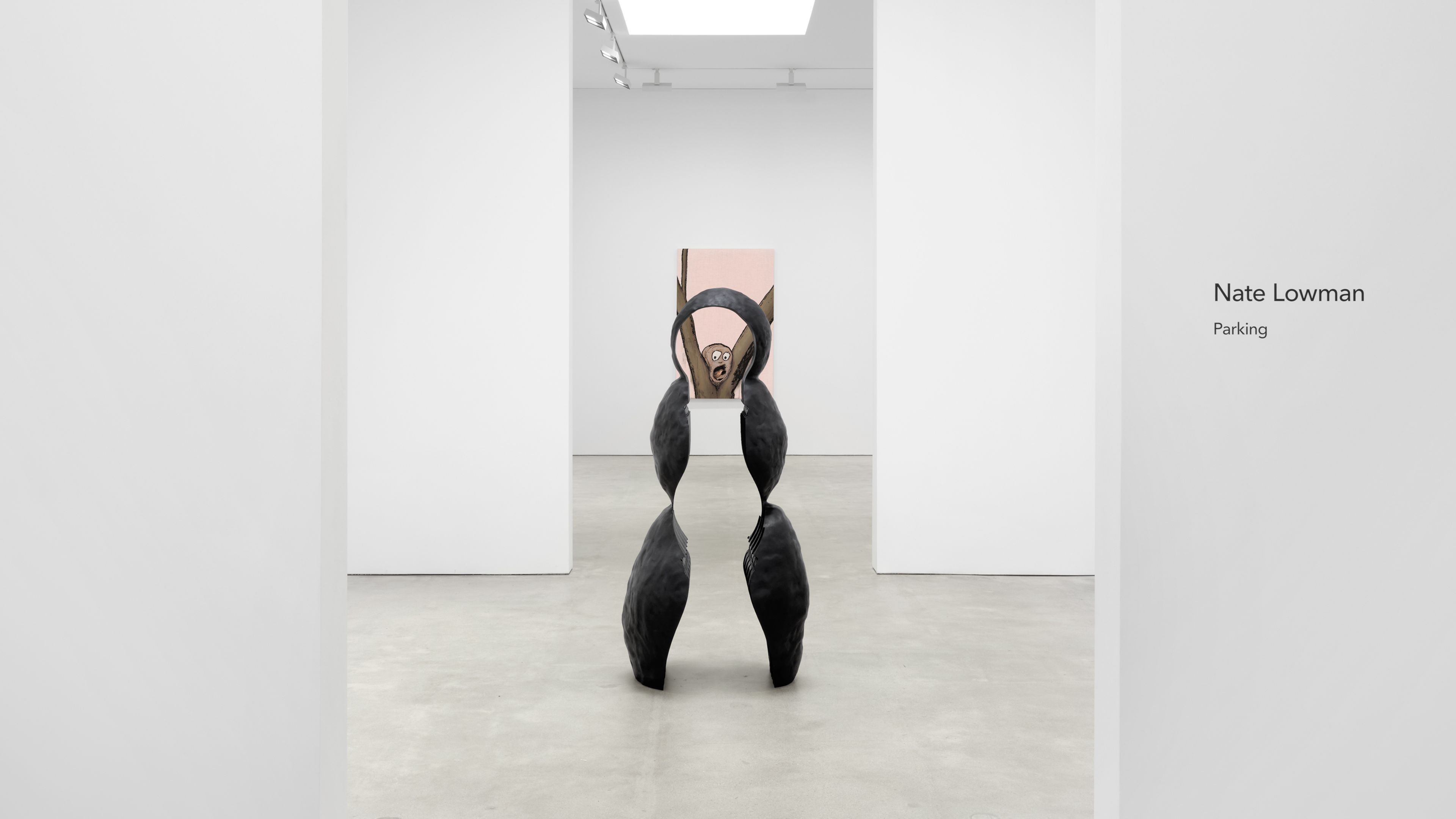
Installation view, Nate Lowman: Parking, David Zwirner, Los Angeles, 2024
Inquire about works by Nate Lowman
